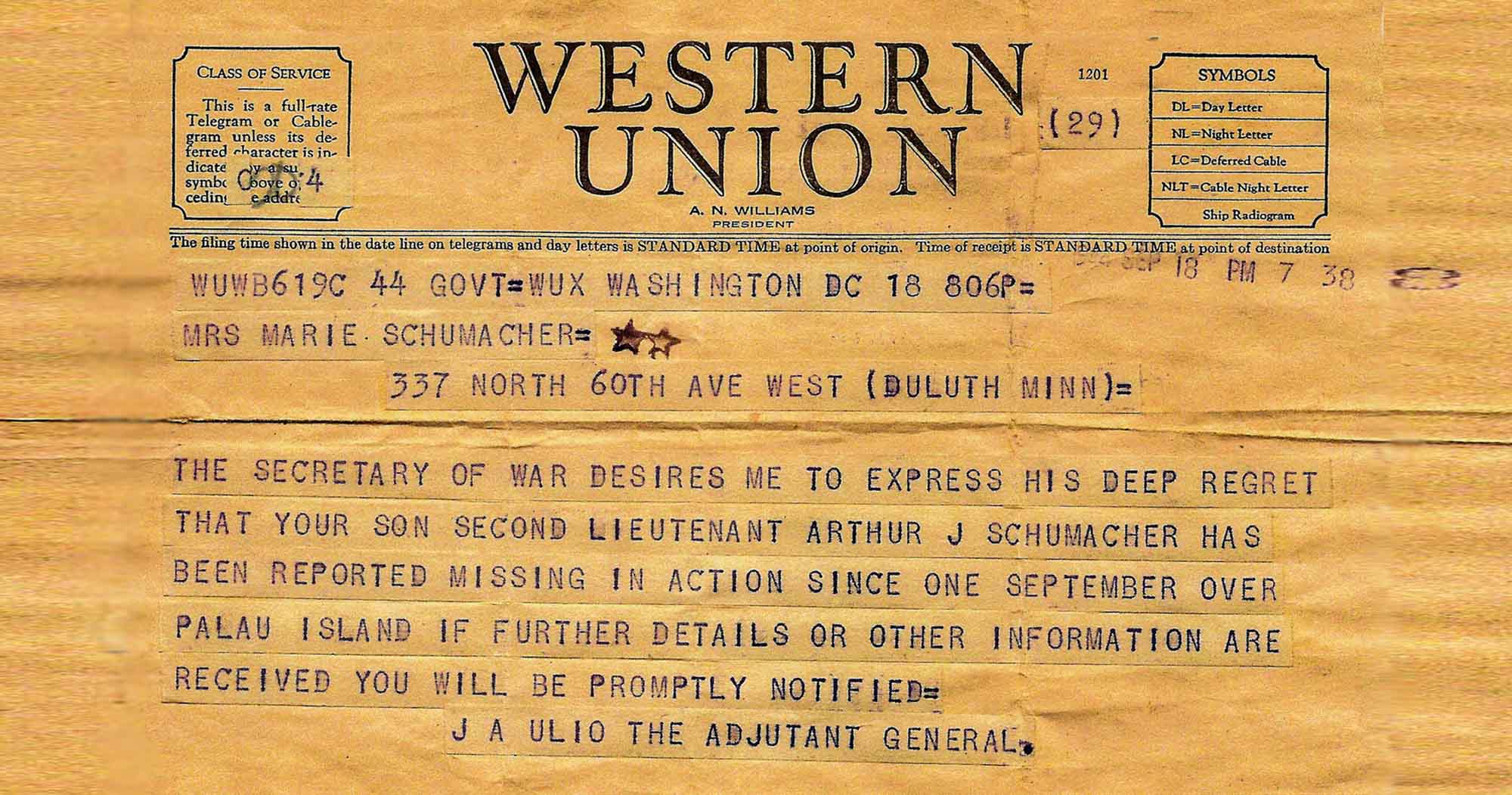
Finding MIAs represents a new beginning for their families. Missing in Action (MIA) service members whose remains or aircraft are found 75 years after they are reported missing bring families and communities together. Emotions are stirred. People identify with love, hope, gratitude, and are emboldened to step forward. Family bonds are strengthened. Community stands together with a common purpose. A voice is given to the long lost. The bereaved are comforted by knowing. The next generation understands their past and teaches their young. People are motivated to stand for something bigger than themselves.
When a family’s MIA is found, the long-dead breathe vitality into the present, put a healing salve on wounds of the past, and change the trajectory of the future. The young service members who died fighting in World War II for peace, justice, and freedom, return as a subtle reminder and ethereal motivation to gather in love, gratitude, and hope.
Finding WWII MIA Brings Life to Family Now
For the families whose MIA is located, the experience is so spectacular and unexpected, it feels like a miracle. For many, it feels providential. After the wave of shock and sadness, the MIA family is overwhelmed with joy and gratitude. The MIA – by virtue of being found – breathes life into a part of a family that was still and lifeless.
Dennis Kelvie is the nephew of Lt. William Q. Punnell. Dennis is 75 years old, a piano tuner by trade and soft-spoken by nature. He was exuberant when he explained to Pat Scannon, Project Recover Founder, what it meant to have Project Recover locate his uncle after 73 years.
“When I was growing up, my uncle was my hero. A superman. At the same time, he seemed unreal. Like he never really existed. For the first time in my life, I know he is real, was real, did exist.” (~ Dennis Kelvie)
Jim Gray, the great-nephew of ARM2c Albert ‘Bud’ Rybarczyk, shared the sentiment. The generations that followed Bud knew him as a photo on a mantle; a larger than life war hero with no accompanying life stories. “It’s like dusting off a book, opening it up, and learning all this stuff. Now, this mythical person is real. It’s like going back in time without going back in time.”
“I was literally sobbing when I got the news. When you think about it, someone you were named after for almost 70 years and then to have them come to life. It was incredible.” Walter Graves, nephew of SSgt. Walter Graves.
Richard Kozak, the nephew of ARM3c Walter E. Mintus, said, “It was such a surprise, it almost took my breath away. We are so very happy that he was found especially while our generation is still alive to celebrate.”
New Beginning for MIA Families
It is typical to call the experience of finding a WWII MIA or their aircraft a ‘closure.’ That tells only part of the story. Most families agree the impact of finding their family’s MIA marks a new beginning for their family. It is far more of an awakening than a closure.



Tommy Doyle, son of SSgt Jimmie Doyle, said the experience of finding his Dad’s downed B-24, then scuba diving on it in Palau, and finally bringing him home for burial beside his beloved wife in 2009 was an awakening for him.
“People talk about closure. I have a hard time with that, it was more like an awakening, not a closure. It opened up more than it closed.” (Tommy Doyle, son of SSgt Jimmie Doyle)
He is not alone.
“Especially after the B-24 Heaven Can Wait family reunion, I feel what is happening is not a closure or an ending. It is rather a whole new beginning. None of us knows what the future holds, but we are trying to be open and welcome each step as it is revealed.” (~Sandy Althaus, cousin to 2nd Lt. Thomas V. Kelly, Jr.)
The odds of your family’s World War II MIA being found are remarkably small. There are 72,000 World War II MIA service members still unaccounted for nearly a century after the war ended. Of those, approximately 35,000, nearly half, are considered recoverable. Still, as Dennis Kelvie said, “The ocean is a big place.” When your family’s MIA is located, it marks a miraculous beginning.
MIA Family’s Burden Of Not Knowing
To understand what it means to an MIA family to find their family’s MIA or even learn the location of his war-time grave, you must first understand what it meant to not know.



For Martha Haake, it meant not knowing what happened to her older brother, Ens. Donald Baxter. Ten years older than she, Martha looked up to him as the father figure.
For Tommy Doyle, it meant not knowing whether his father, SSgt Jimmie Doyle, was a war hero or, as rumors claimed, survived the war and started a new family elsewhere.
For Frank Waters, Jr., it meant spending his entire retirement trying to find out what happened to his twin brother, LTJG Francis M. Waters. Frank Waters, Jr., woke up screaming in a WWII hospital bed from a nightmare about his twin crashing on the day he died.
For the family of 2nd Lt. Thomas V. Kelly, Jr., it meant a generational pain that had been sealed shut. The topic was too painful to broach, too painful to heal.
For Sister Mary Ann Rybarczyk, O.P., sister to ARM2c Albert ‘Bud’ Rybarczyk, who was 14 years old when the telegram arrived, it meant a part of her was frozen in time.


For Joan Stough, sister to AOM2c Ora H. Sharninghouse, Jr., it meant a lifetime of waiting to bury her brother. Ora and Bud were crewmates.
For Arnold Schumacher, brother of 2nd Lt. Arthur Schumacher, and his family, it meant relentlessly pursuing every detail and resetting after every misdirection, until they finally got the lead that would reveal the evasive truth about what happened to Arthur.
For Ted Mikita, first cousin once removed to SSgt Herbert Farnam, Jr., it meant traveling to Palau multiple times to find answers and the rest of his cousin’s aircraft.
MIA Families Haunted By Uncertainty
For the MIA family without a body to bury and few words of explanation, there is an emptiness where there was once life. There are no words to explain, no remains to bury, no gravestone to visit. There is no funeral to mark the passing; not even concrete evidence of a death. There is emptiness. The emptiness of not knowing haunts MIA families for generations after the service member is reported missing.
MIA Families Carry Generational Grief
Upon hearing their family’s MIA or his aircraft is located, families go through a wave of emotions. First is shock and sadness. For people who never knew their family’s MIA in person, the grief itself is a surprise. Diane Christie, niece of 2nd Lt. Thomas V. Kelly, Jr., said, “We didn’t know what we’d lost until it was found.”



For many during World War II, the pain of losing a loved one was cauterizing. Memories and anecdotes were locked inside broken hearts. After the initial loss and stoic to the end, grief broke through the surface in small, quiet, almost imperceptible gestures.
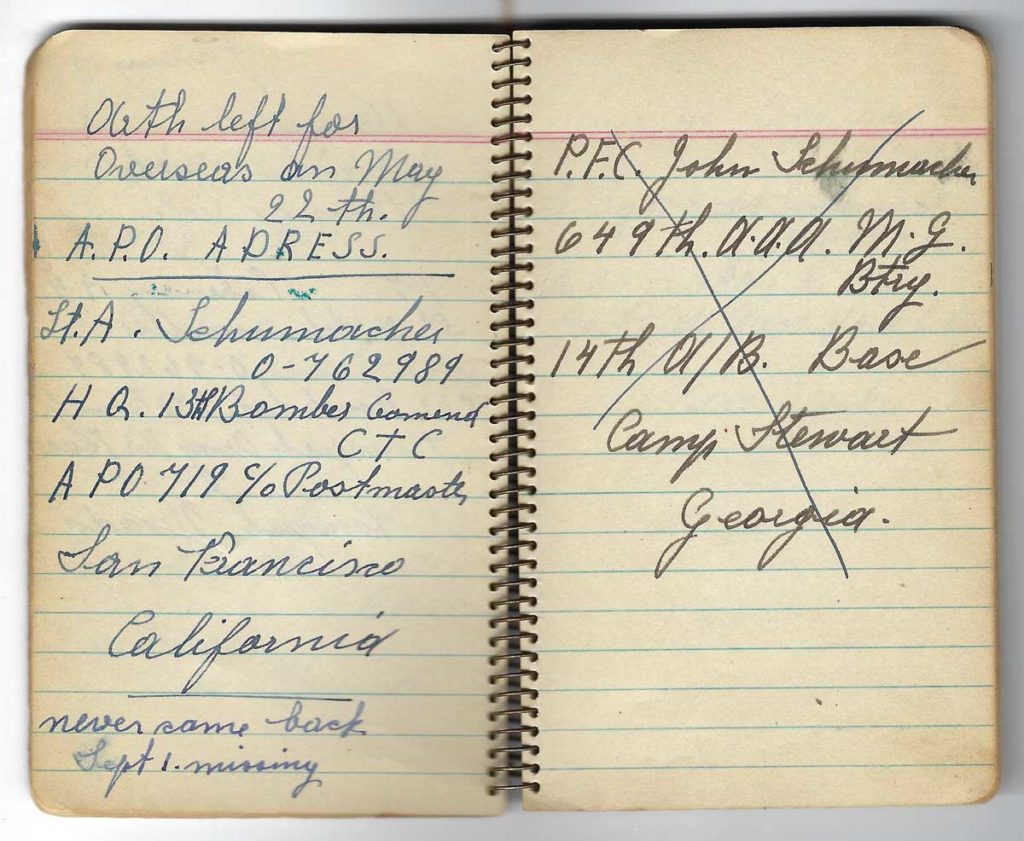
2nd Lt. Arthur Schumacher’s mother wrote beneath her eldest son’s last military address: “Never came back.” SSgt. Walter Graves’ mother carried her son’s last military pay in her purse until the day she died. 2nd Lt. Thomas V. Kelly, Jr.’s, father made sure his son had a gravestone even though he did not have remains to bury, and he visited the cemetery often.
Mostly, though, the deafening silence spoke the loudest to the generations who followed. The Kelly family could never play “I’ll Be Home For Christmas” again. The Rybarczyk family watched a single black and white photo of ARM2c Albert ‘Bud’ Rybarczyk sit on the mantle for decades; a family war hero without a narrative to bring him to life.
Closure For Past Generations
When a family’s MIA is located, relatives feel a connection to him and to those who lived through the loss. They remember the pain of their parents’ generation. The relatives in the middle, too young to really know the MIA and old enough to have grandchildren of their own, feel great satisfaction. They know they are helping to heal a wound their parents could not. In their hearts, they feel they are finding peace for their parents’ generation and for the generations that follow.
Sandy Althaus, whose son, Scott, led the Kelly Family Research team, said, “We could never have done this (search for WWII B-24 Heaven Can Wait) while Toby’s (2nd Lt. Thomas V. Kelly, Jr.) generation was alive because they couldn’t have handled the pain.”



Jo Schumacher went to Palau with Project Recover for her father who spent years searching for answers about 2nd Lt. Arthur Schumacher. She found peace searching for MIAs with Project Recover on the land where her uncle last lived.
Don Haake, Jane Haake-Russell, and Jane’s daughter, Sarah, traveled to Palau and touched the unique Bureau Number of the wrecked TBM Avenger of their uncle, ENS Donald E. Baxter. They did so, in part, to search for answers and to give some relief to their mother who continues to grieve for the loss of her older brother.
Thirteen years after his father died without getting the closure he so desperately sought, Frank Waters, III, typed his uncle’s name, LTJG Francis M. Waters, in the Google search bar. Results popped up immediately. He learned Project Recover had found his uncle’s TBM Avenger eight years prior.
Certainty Brings Relief, Pride, Gratitude
With the certainty of knowing comes relief, pride, and gratitude. For families fortunate to learn their family’s MIA died quickly, there is peace. As they learn more, all families experience a surge of pride and awareness knowing their uncle, father, and cousin died a hero fighting for a free country and just world until the end.
Finding MIAs Teaches Younger Generations
Searching for and finding a family’s MIA inspires family members to reach across the miles and reconnect with living family members who they haven’t seen in decades. It also provides a vehicle for relatives to bond across generations, the young with elders.
“The younger generation has been included in everything we do. They now see the value their parents and grandparents put forth in life. It has been a very humbling, pensive, thoughtful time for these young children to realize the importance of family, the history of our family, our bond of family, and that we are family forever.” (~Sandy Althaus, cousin to 2nd Lt. Thomas V. Kelly, Jr.)



When ARM2c Albert ‘Bud’ Rybarczyk was buried in Michigan, Jim Gray, 42, saw his great aunt in a new light. Sister Mary Ann Rybarczyk O.P., Bud’s only surviving sibling, kept staring at the casket. She was incredulous that her brother had finally come home. As Jim watched her, he saw her in a new light. It was as though it was 1944, and she was a 14-year-old who just lost her brother.
“It wiped away the differences between our generations. I understood I was just sitting there with another human being who experiences the same heartache and emotions we all do.”
Kids Connect With History
The young connect with their family’s past and learn about history in the process. Cindy Gray, Jim’s mother and niece of ARM2c Albert ‘Bud’ Rybarczyk said the experience introduced herself and her family to Uncle Bud.
“The kids have a new awareness, they ask more questions. The whole experience has been quite a history lesson.”
Multiple generations fill the church at MIAs’ burials. Richard Kozak, the nephew of ARM3c Walter E. Mintus, watched the young people with surprise.
“I was amazed at younger people, the nieces and nephews. They respected him as a hero. They understood we have what we have today because of people like him who fought and died. Kids eight or ten years old would go up and stand up by the casket. It was like they lost a friend.” (~Richard Kozak, nephew of ARM3c Walter E. Mintus.)
Community Responds to MIA Finds
MIA families are overwhelmed with the number of people who step forward to pay respects. In a somber, but celebratory occasion, airports give a water cannon salute while the Honor Guard formally receives the MIA home. Police escort the MIA from the airport, sometimes hours, to the county line. Often the neighboring county police will spontaneously pick up the escort. Streets are lined with people welcoming their family’s MIA home. People of all ages are moved to tears.
Dignitaries come to the airport and the funeral. Reporters share the news of the MIAs return. Sometimes film crews are there.



Dennis Kelvie, nephew of Lt. William Q. Punnell, expected three or four people to join him, his wife, and son for his uncle’s funeral. He said he couldn’t believe it when he stepped inside and 50 heads swung in his direction. In a voice both enthusiastic and wondrous, he said, “My uncle was given a marching band, a 21 gun salute, and was carried to internment on a caisson with horses. One of the horses had an empty saddle.”
“The United States has made a sacred promise to its citizens that it will bring home with dignity all those who have served. “ (~Scott Althaus cousin once removed to 2nd Lt. Thomas V. Kelly, Jr.)
When they do, her citizens celebrate. It is impossible to say how much the community support means to the family – and in turn how much the MIA means to the community. What is clear is that the returning MIA prompts families and communities to gather in love, gratitude, hope.
MIA Families New Appreciation For The Military
MIA families, through their experience with Project Recover and their own MIA, have a greater awareness for those who serve and sacrifice in the military.



“One of the messages we are getting is that we never forget those who have sacrificed their lives to give us the freedom we have today.” (~.Sandy Althaus, cousin to 2nd Lt. Thomas V. Kelly, Jr.
Relatives of all ages have a new awareness of men and women in uniform that they didn’t have before. Holidays like Memorial Day and Veterans Day are not the same. By getting to know their family’s MIA, they understand more about the duty, dedication, and sacrifice of those who serve. They talk about it with their children.
“We have an awareness now of people who serve in the military. My wife and I talk about it with my teenagers. We talk about what they do for us now and what they have done for us in the past. It is humbling, sobering. ” (~Jim Gray, great-nephew of ARM2c Albert ‘Bud’ Rybarczyk.)
Gratitude Inspires Action
When MIAs are located and brought home, their families are overwhelmed with gratitude to everyone who helped. Gratitude, itself, is inspirational, motivational. People break out of their normal routine, take bold action. With new awareness, they make new decisions that can change the trajectory of their lives.
Moved and emboldened, many people begin to step out of their comfort zone and share their stories. In doing so, they find their own way to contribute to the MIA project. They also discover a greater sense of community.
Jim Emmer, nephew of SSgt. John W. Emmer, said, “I have a greater sense of community now.”


Adam Gray, great-nephew of ARM2c Albert ‘Bud’ Rybarczk became passionately interested in history and Project Recover’s MIA project. He got his SCUBA certification, flew to Palau with his mother in April 2019, and dove 100’ to his uncle’s wrecked TBM Avenger. The self-described ‘homebody’ is now a member of the Project Recover team.
Tommy Doyle, son of SSgt. Jimmie Doyle, is often invited to tell his story in front of a variety of audiences. “I’m no speaker, but the story tells itself.”
Jo Schumacher, niece of 2nd Lt. Arthur Schumacher, was invited to go to Palau. It was a stretch for her, but she felt strongly that she had to do it. The pull was so strong that when her husband unexpectedly passed away three weeks before their trip, Jo resolved to go for both of them. “I had to do it for Arthur and for all the military people. I told myself if Bentprop (now Project Recover) is going to do it for complete strangers, I want to honor them and do it, too.”
MIA Find Changes Everyday Life
Cindy Gray, niece to ARM2c Albert ‘Bud’ Rybarczyk, has a new awareness of veterans and the issues they face. Vocal and informed, she is now an advocate of homeless veterans in her area. She is a resource for veterans and colleagues, alike.
Jim Gray, great nephew of ARM2c Albert ‘Bud’ Rybarczyk, has a new view on life and his role as a supervisor at work.
“It has changed the way I view life and the way I work. My happiness comes from serving other people. My whole view of leadership has changed to servant leadership. I am a supervisor at work. Now I view it as an opportunity to serve those under me.” (~Jim Gray, great nephew of ARM2c Albert ‘But’ Rybarczyk)
Sandy Althaus, cousin to 2nd Lt. Thomas V. Kelly, Jr., is the point person for the WWII B-24 Heaven Can Wait extended family. She is 79 years old and lives in a retirement community. ”This has been a new sense of life to me. I am so energized by increasing the size of our (Heaven Can Wait) family and seeing the impact of our little community. We hope it will be a positive influence on our world whoever hears this story.”
Major Casey Doyle, USMC, and Project Recover team member, shared that locating his grandfather’s (SSgt. Jimmie Doyle) remains changed the narrative of his father’s life. In 2009, Casey escorted his grandfather on the final leg of his journey home.
Ted Mikita, a Delta Airlines Captain, traveled to Palau multiple times to locate the wreck of his cousin’s downed B-24. He has conducted considerable research on the aircraft and its crew. He runs a Facebook Group for relatives of the ‘Dixon crash’ which he describes as a kind of ‘non-blood related family’ who search for answers together.
The Impact of Project Recover on MIA Families
MIA families are overwhelmed when they learn the remains or aircraft of their family’s MIA has been located. For most, it feels like a miraculous gift. Suddenly, the impossible is possible. It is a new way of looking at the world. They are profoundly grateful and moved by Project Recover’s dedication and service.
In time and in a variety of ways, MIA families join the Project Recover family and support their MIA project. They become a part of a growing tapestry of people who value servant leadership and recognize the service and sacrifice of our men and women in uniform. They have a better understanding of the common humanity of all people. Families realize through experience that, when people gather for a common purpose of love, gratitude, hope, we transcend differences. It represents a new beginning and the MIAs lasting message.
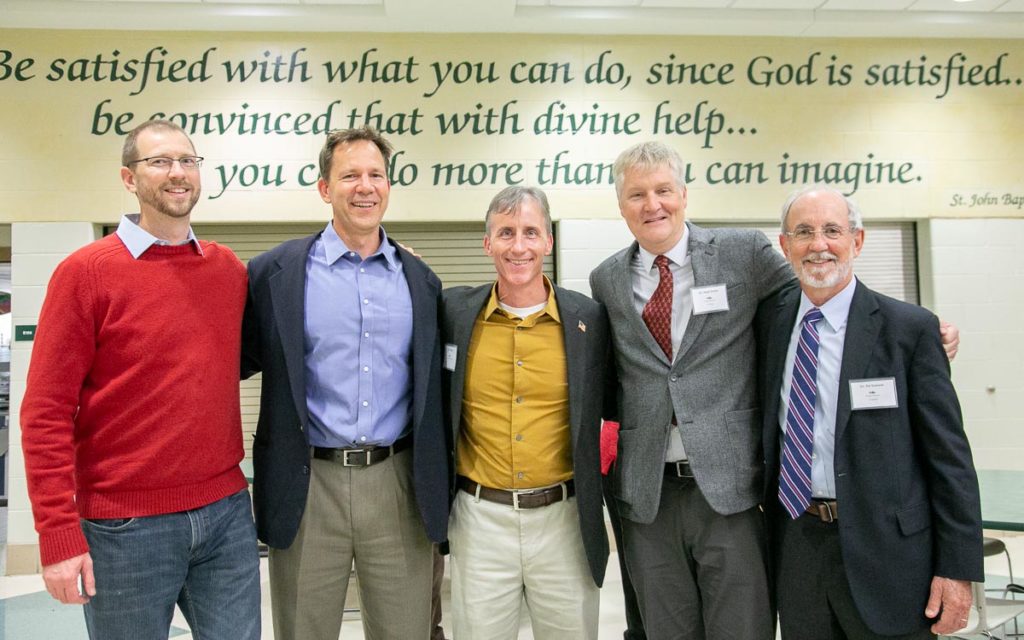
“I was blown away by the selflessness of that group, My dad has said this a lot, and it is true: The benefit that we and other families have received from Project Recover is immeasurable.” (~Brandi Doyle, granddaughter of SSgt. Jimmie Doyle)
Joy and Gratitude
“Dr. Scannon, Project Recover founder, enthusiastically responded to my email in 2014, supplying me with details of the multi-year search for the Dixon crash…. The revelations enable me to write their (the crew’s) story.” (Ted Mikita, first cousin once-removed to SSgt. Herbert Farnam)
“Project Recover gives a fantastic gift to families who are still around and had brave young men who fought and died. I think they get a lot of joy from bringing people home.” (~Don Baxter, nephew of Ensign Donald E. Baxter )
“I am so thankful to BentProp (now Project Recover) for what they did, and they did it for no other reason except to find these people.“ (~Nancy Doyle, daughter-in-law to SSgt Jimmie Doyle)
“I want to do for other families what Project Recover has done for ours.” (Adam Gray, great-nephew of ARM2c Albert ‘Bud’ Rybarczyk)
“The Project Recover people are humble, authentic, and liked meeting us as much as we liked meeting them. It was amazing to feel comfortable with them like they are suddenly a part of your life. I think they brought something out in us we didn’t know was there.” (~Diane Christie)
“I have a framed picture of the Project Recover team at my work. For many, their heroes are athletes, movie stars, or politicians, but these guys are my heroes. They are humble and serve something greater than themselves. It is a great reminder for me and my kids.” (~Jim Gray, great-nephew of ARM2c Albert ‘Bud’ Rybarczyk)
Project Recover is honored to bring recognition to MIAs and provide closure — and new beginnings — for their families and the nation. It is our thank you for their service and sacrifice


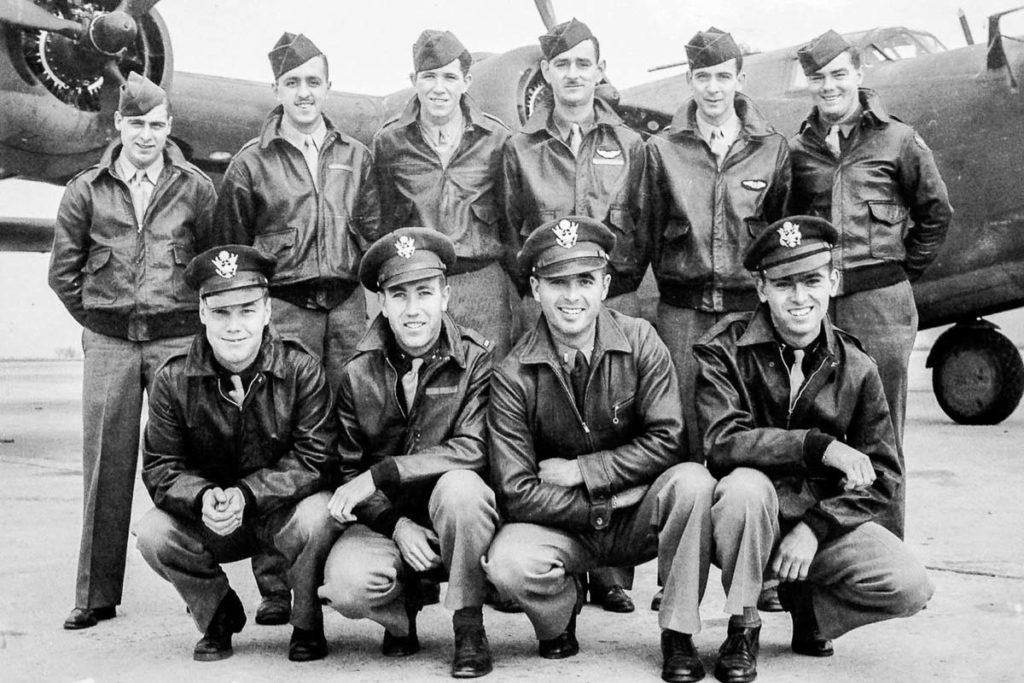
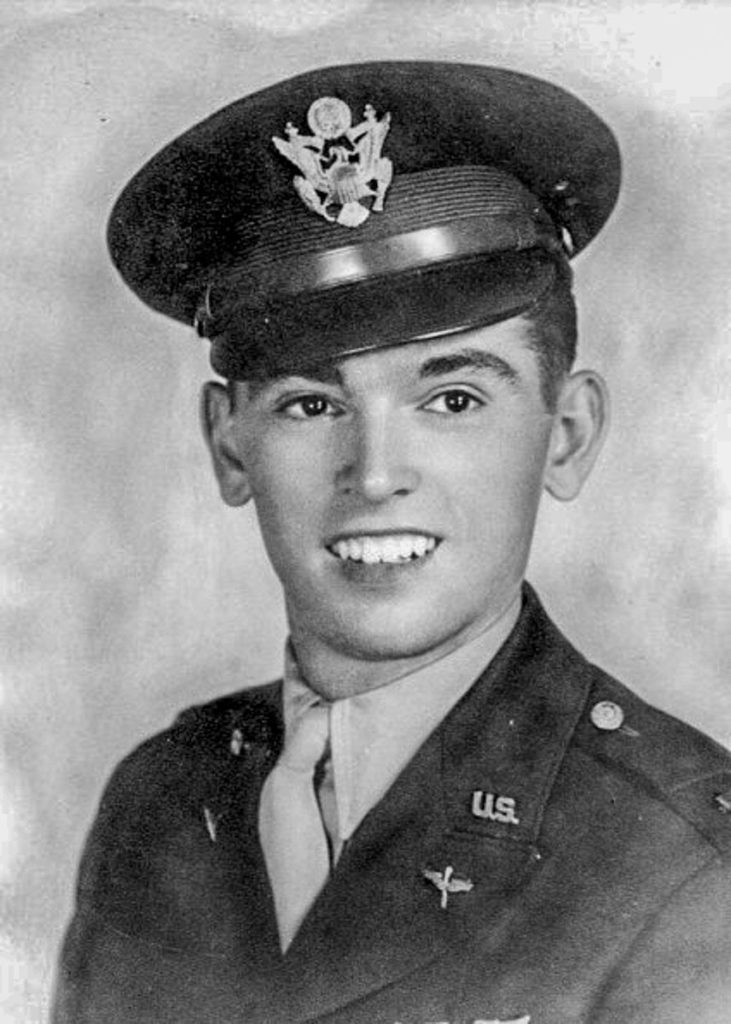
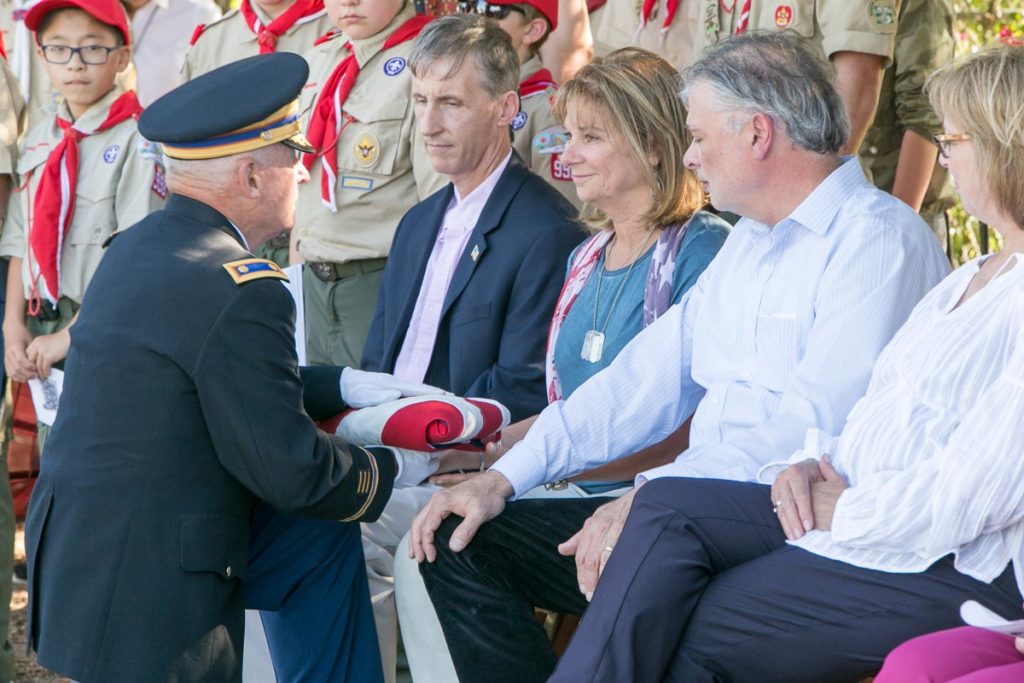
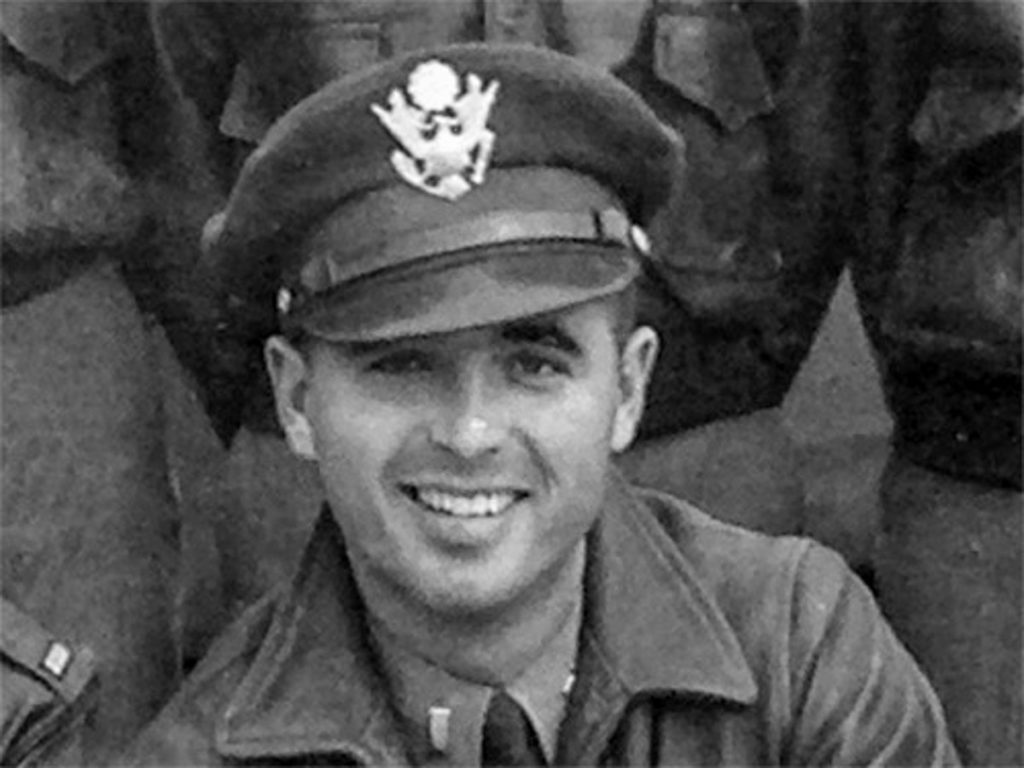
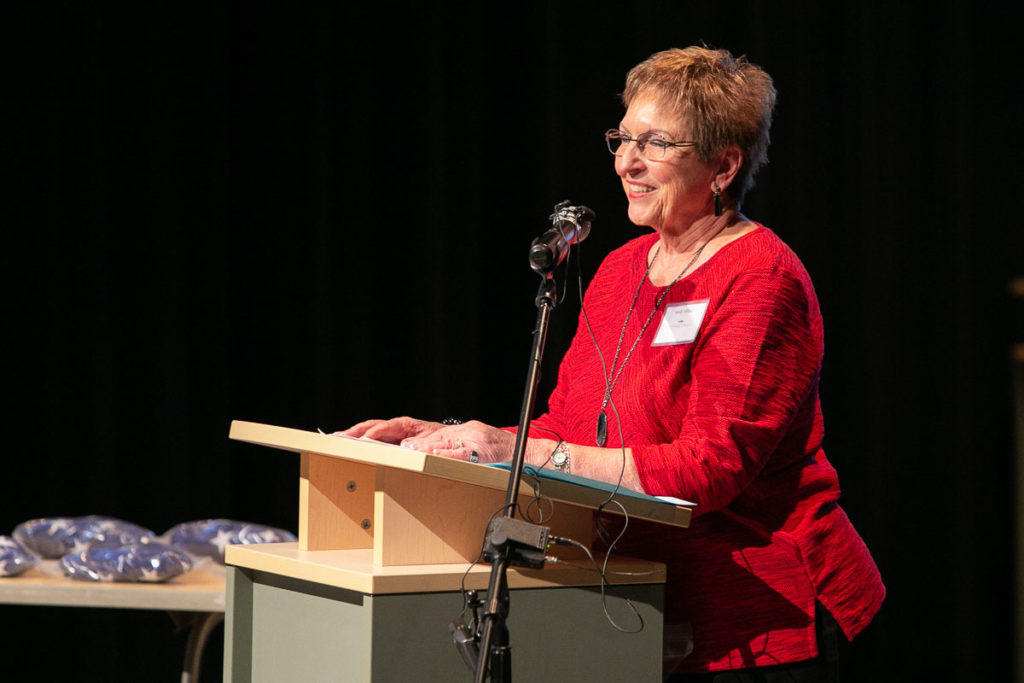
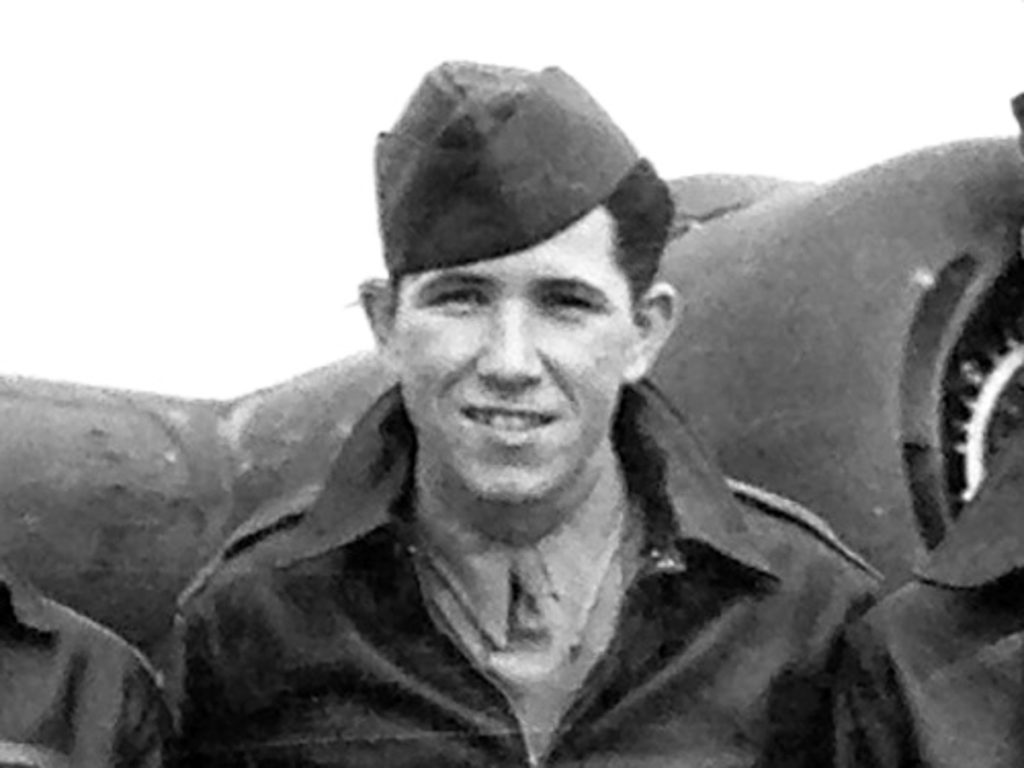
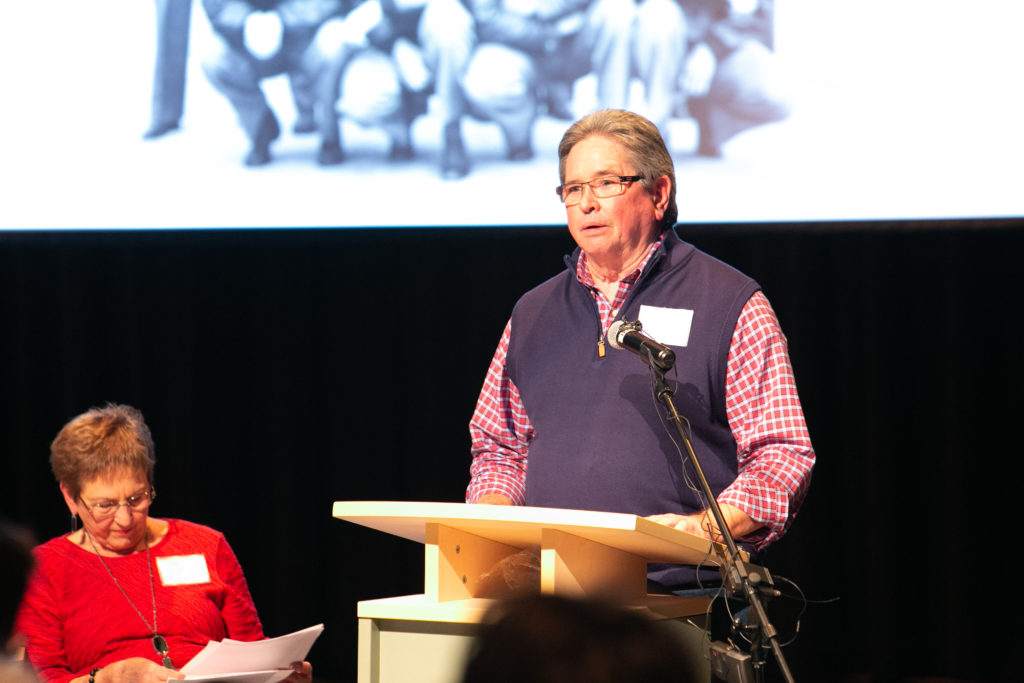
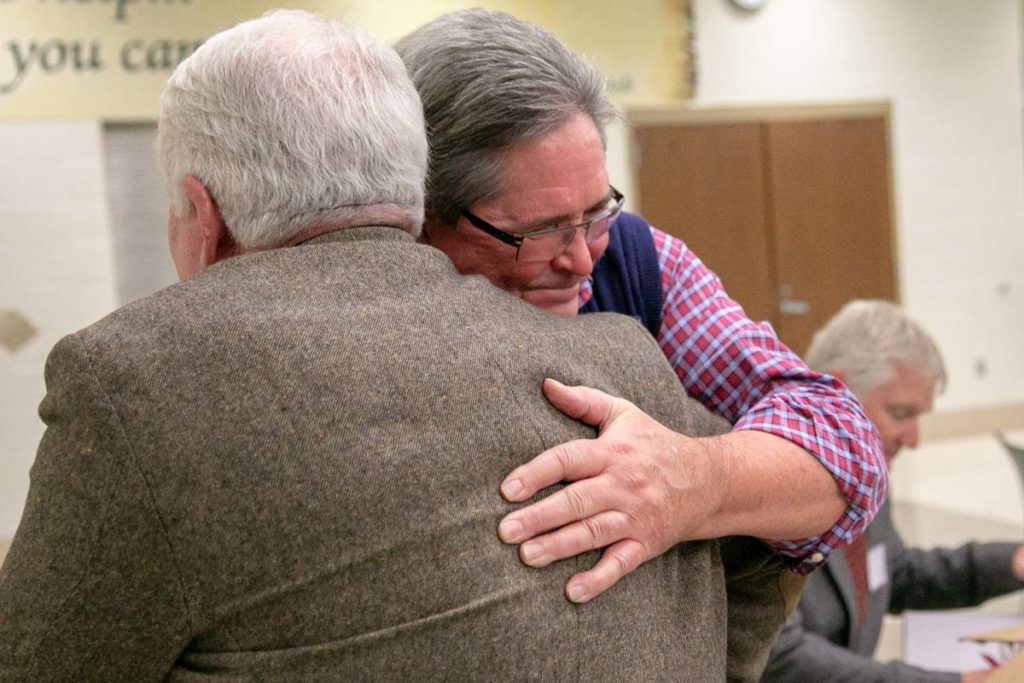
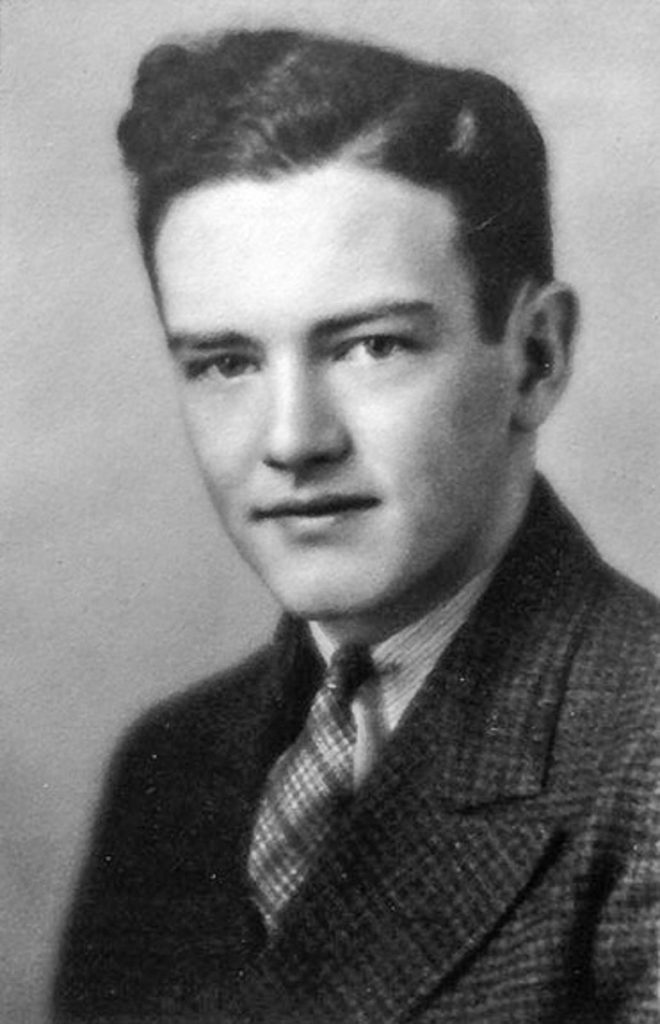
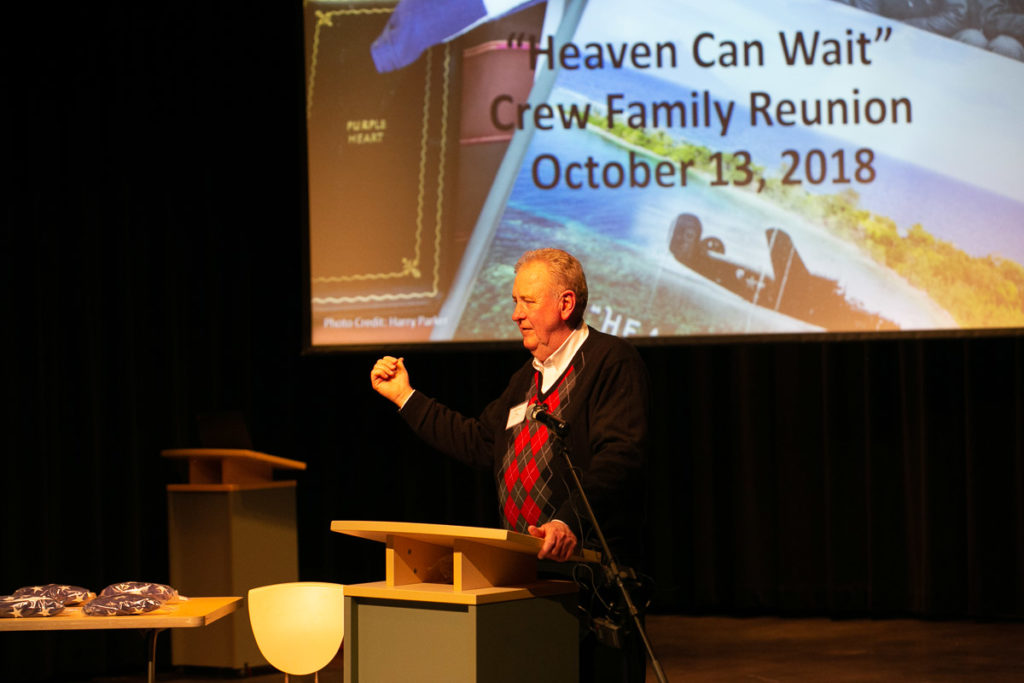
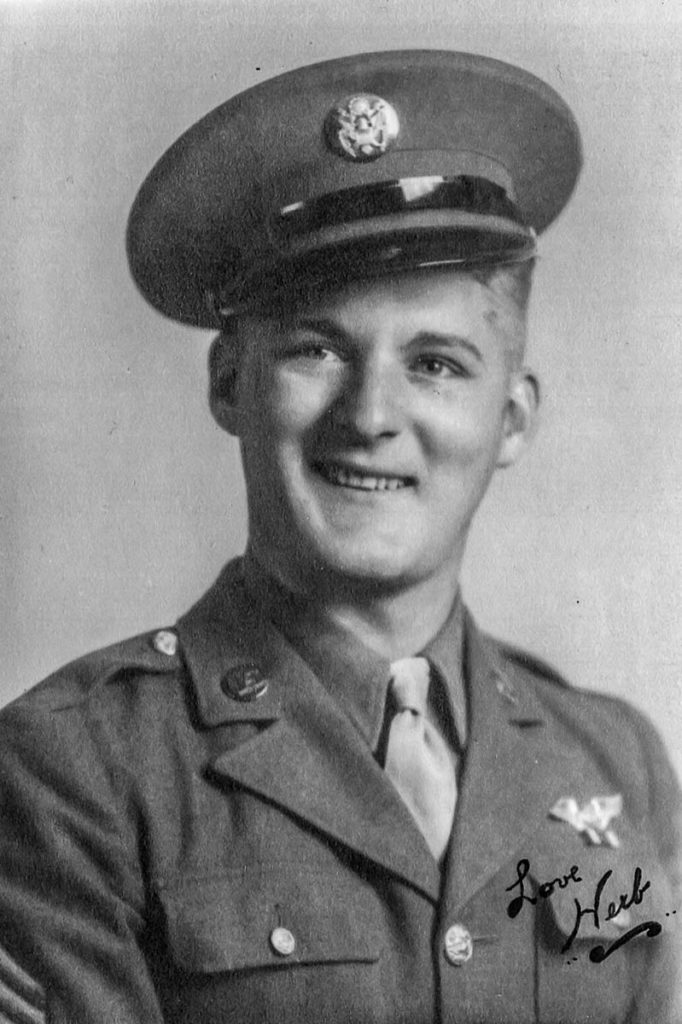
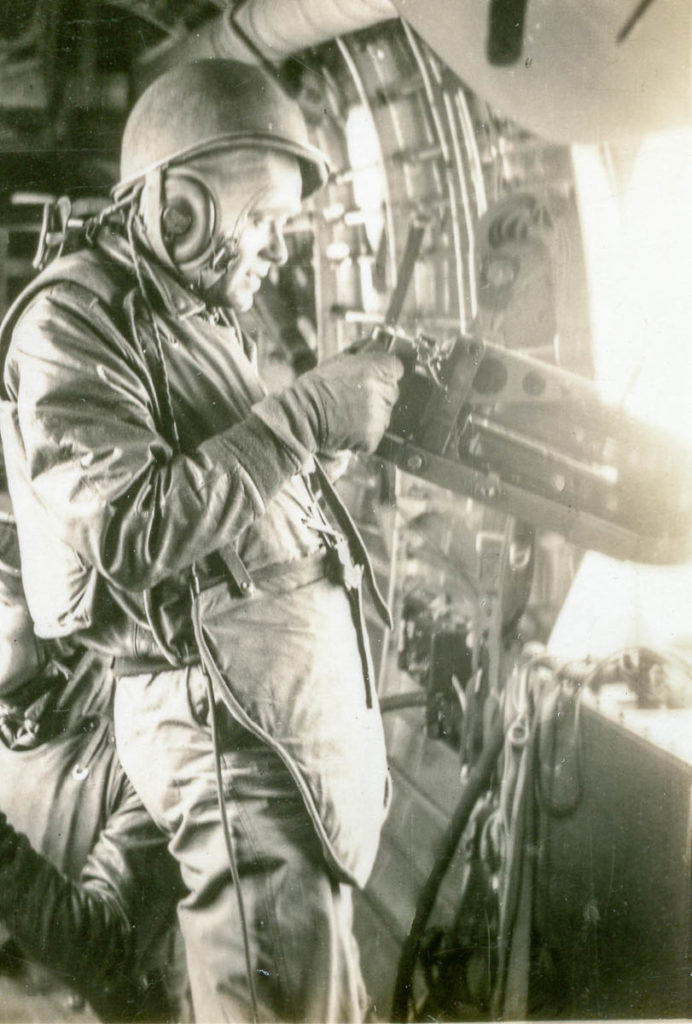
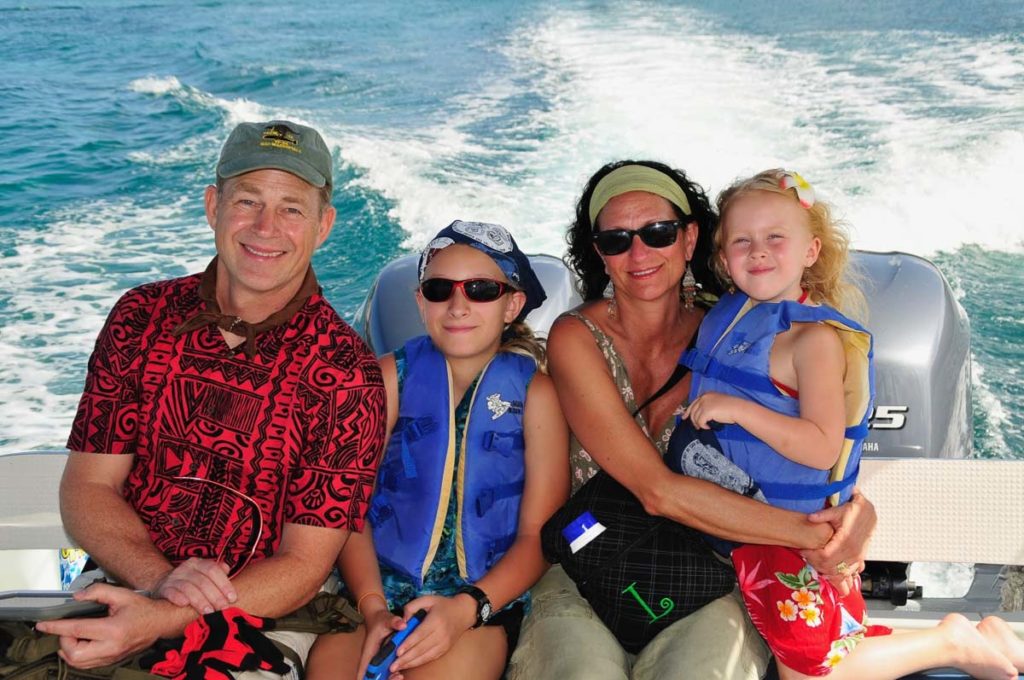
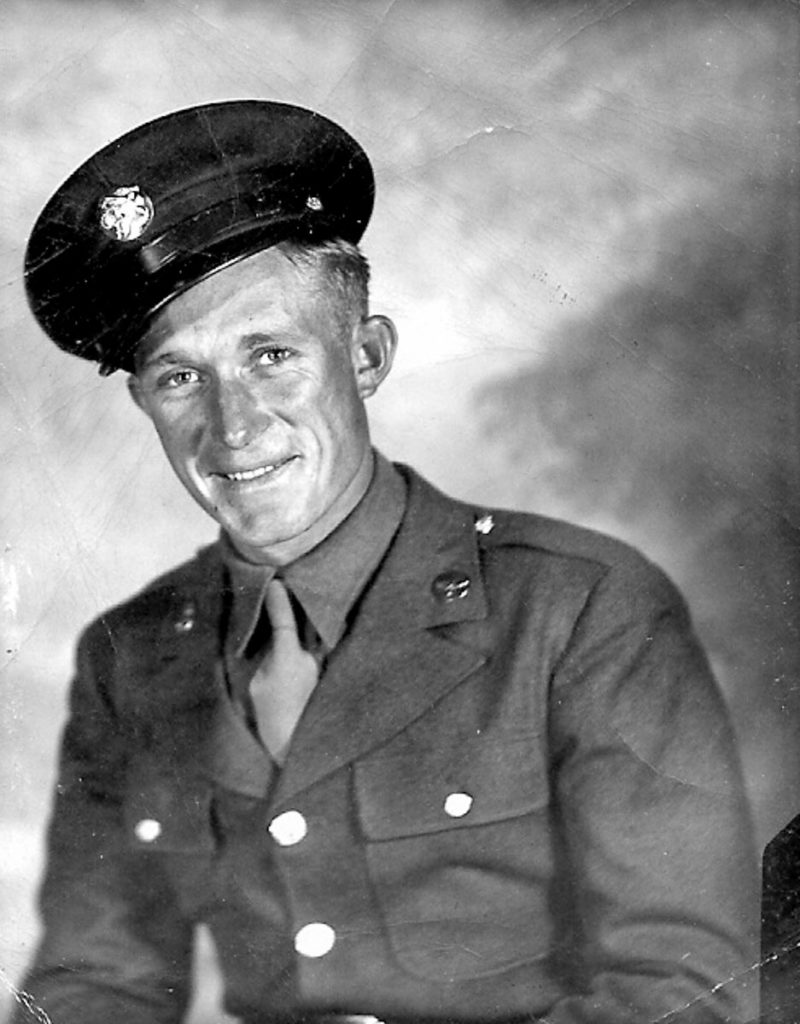

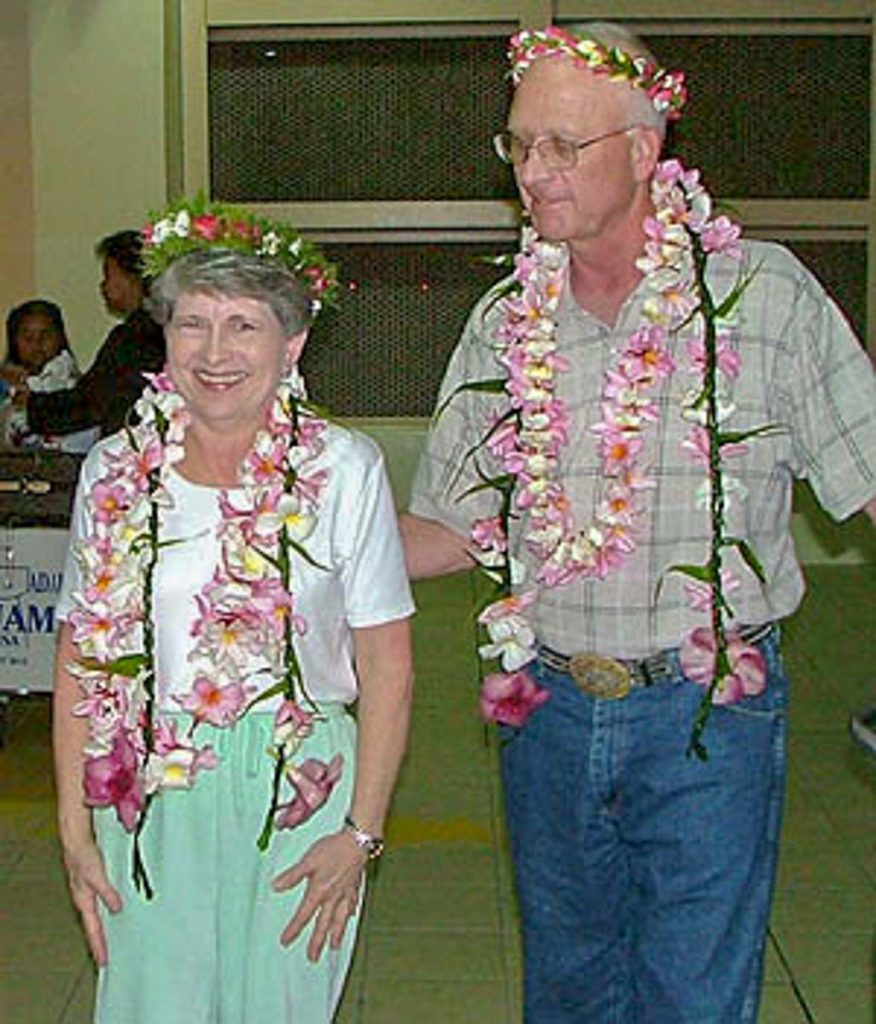
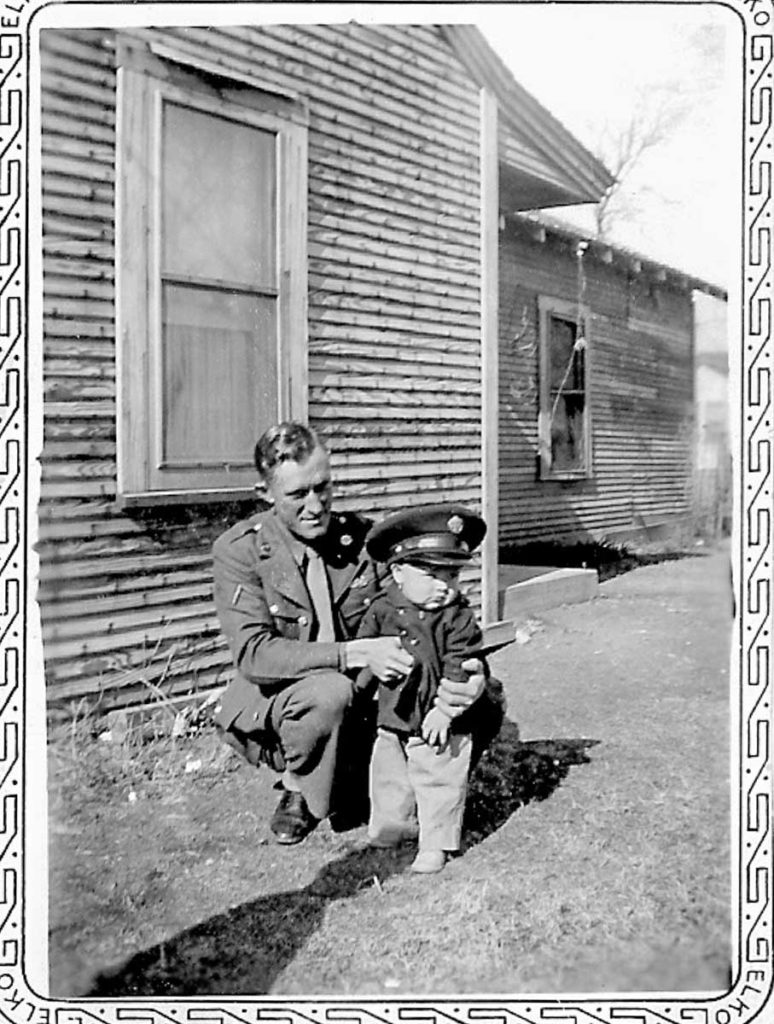
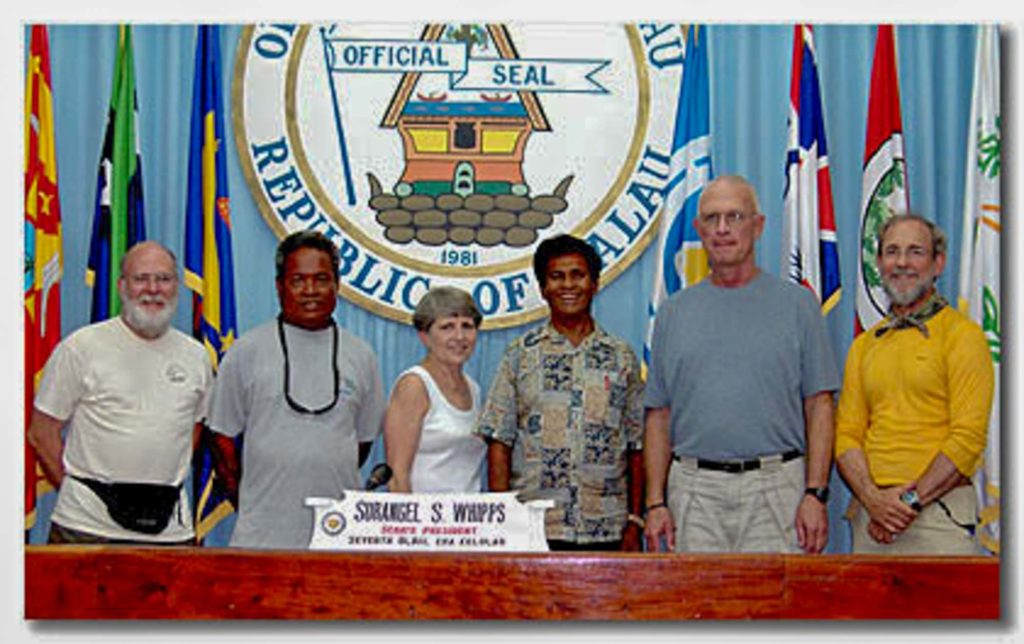
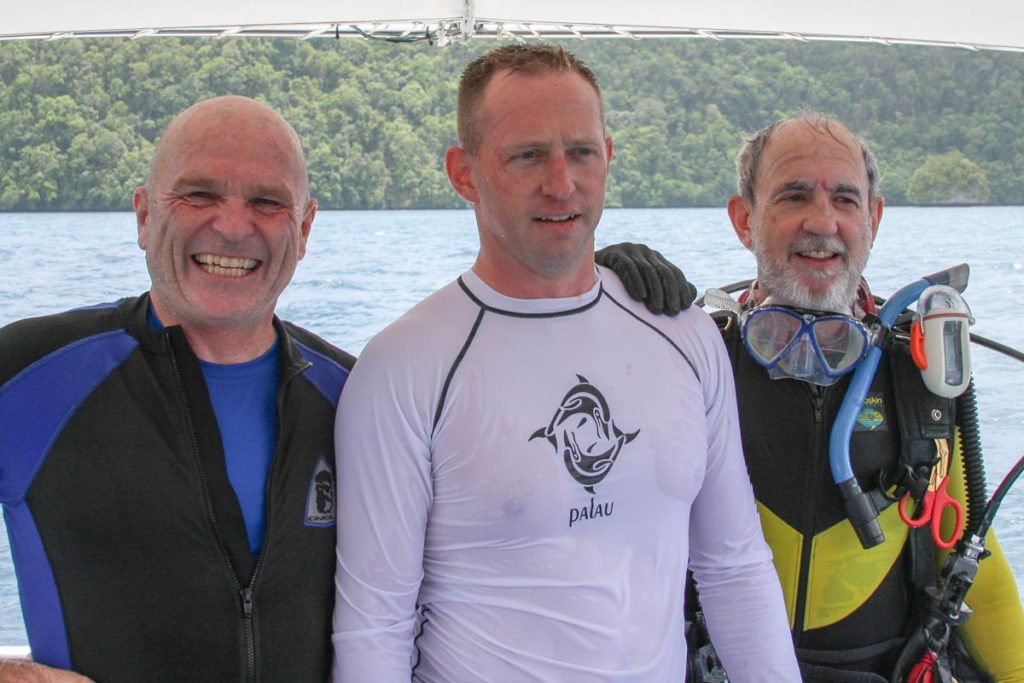
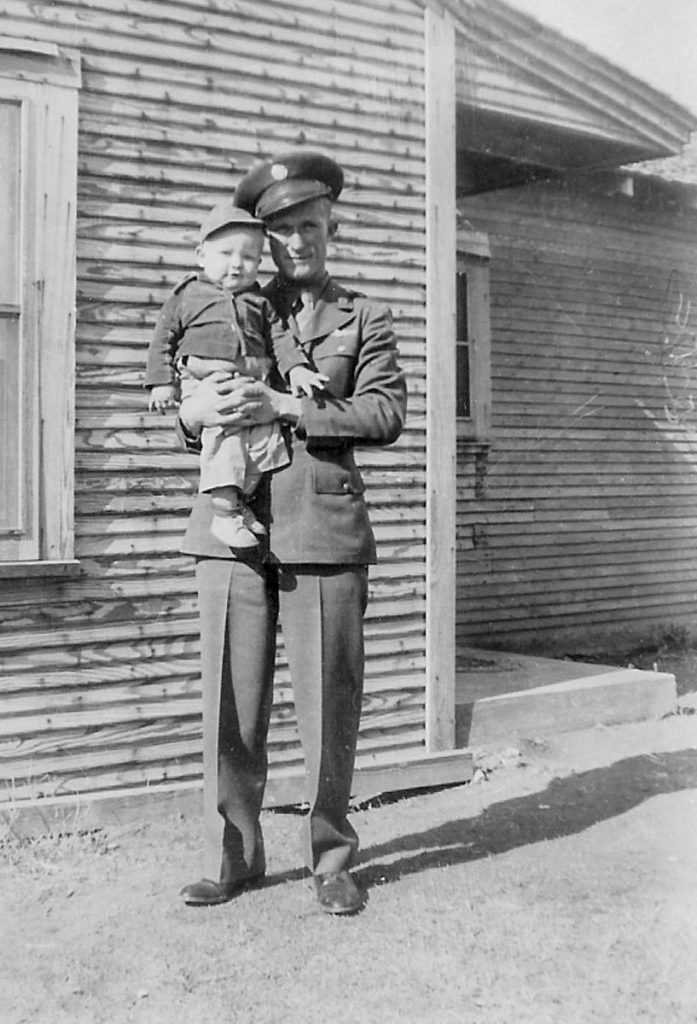
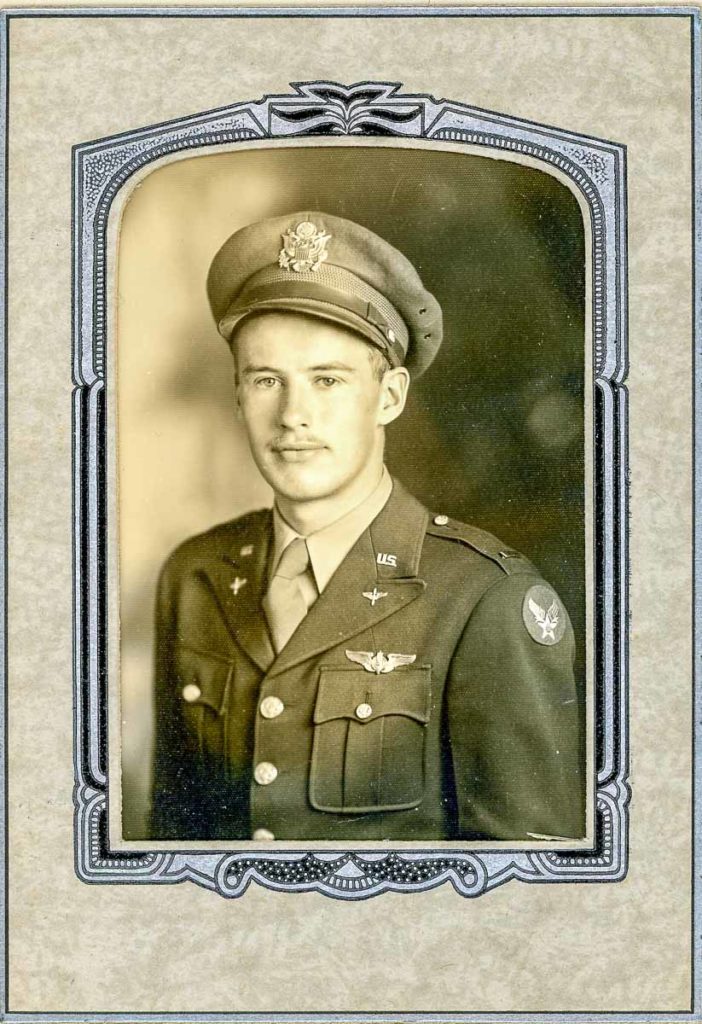
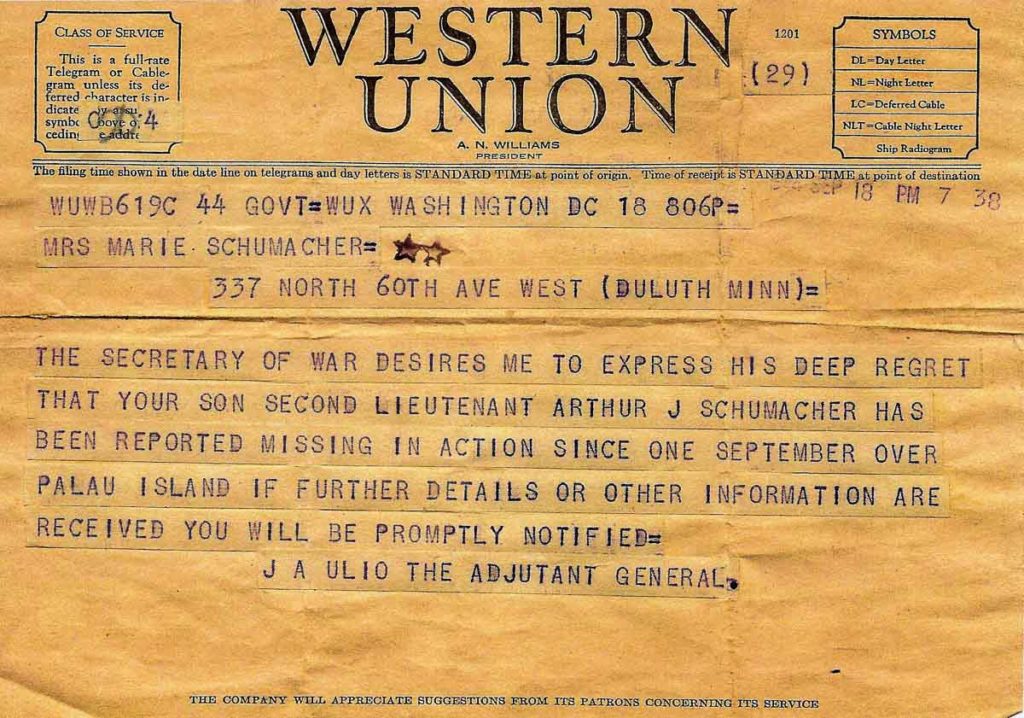
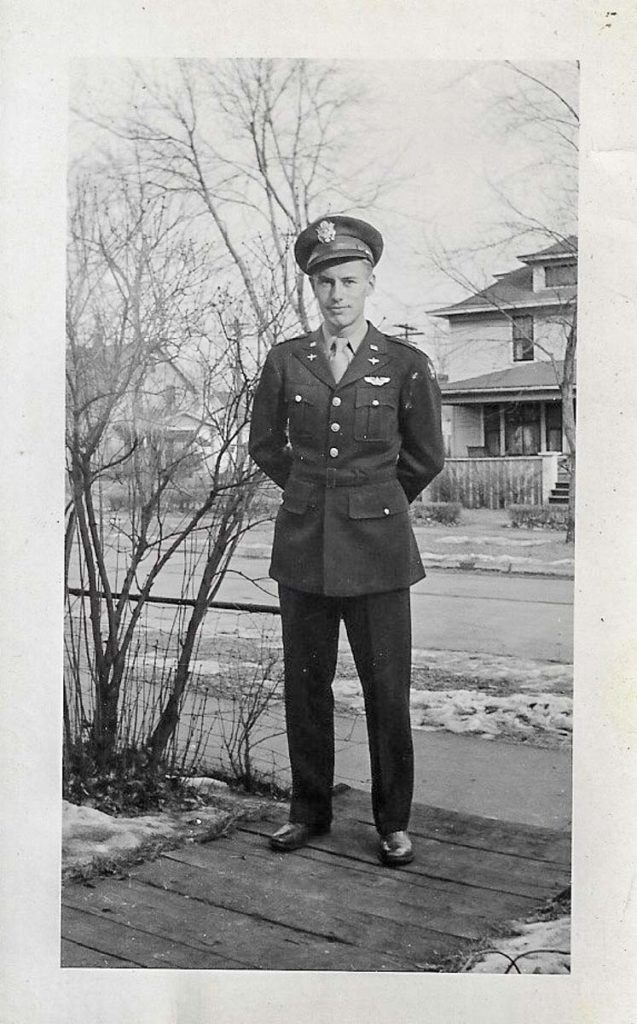
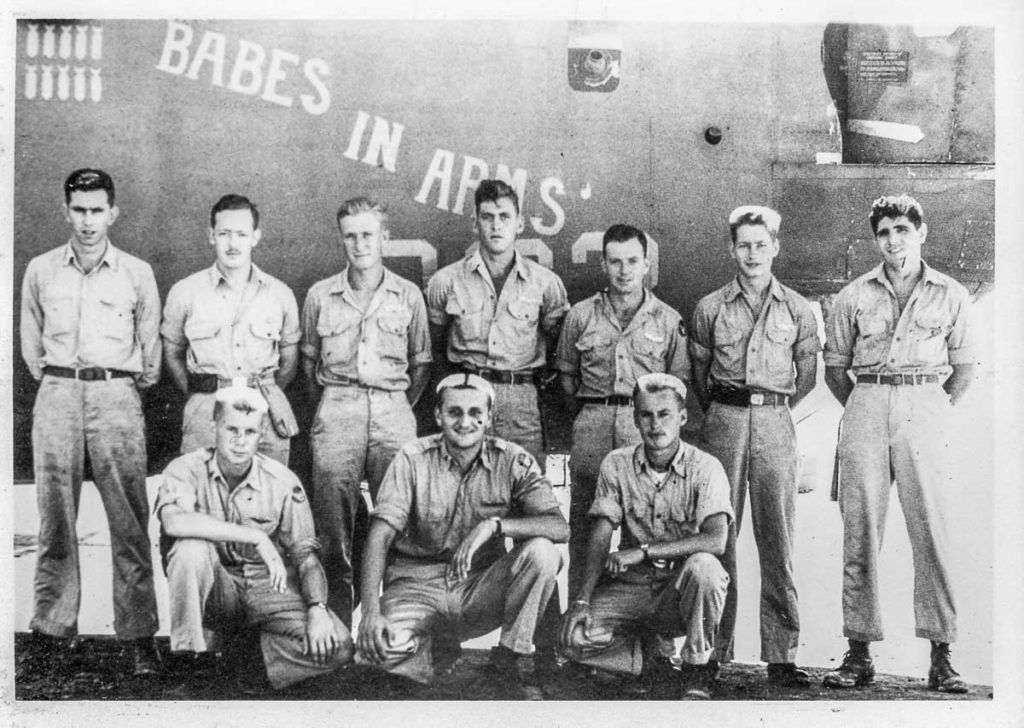
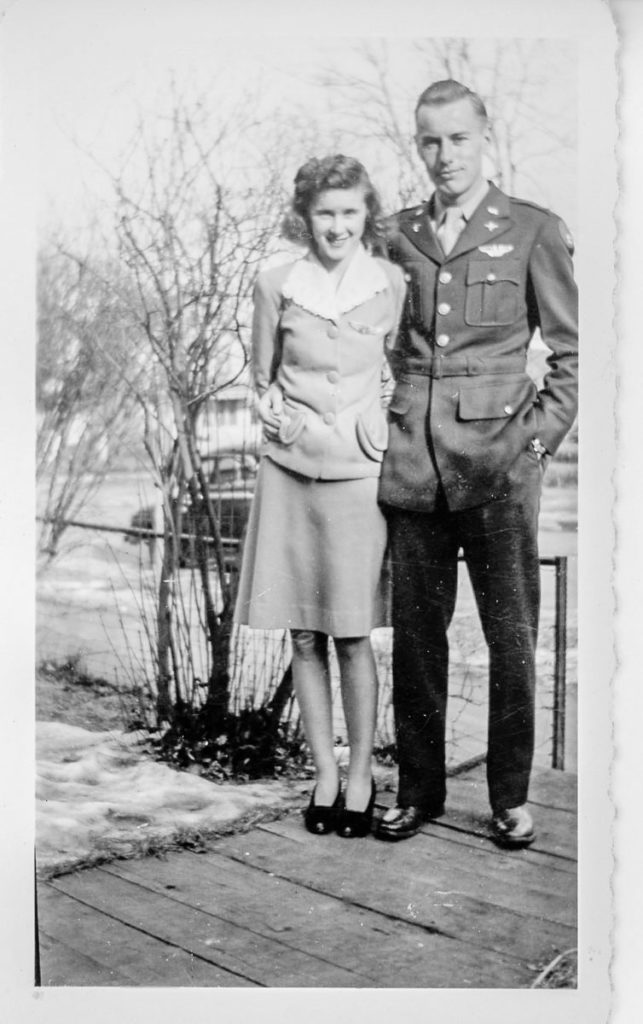
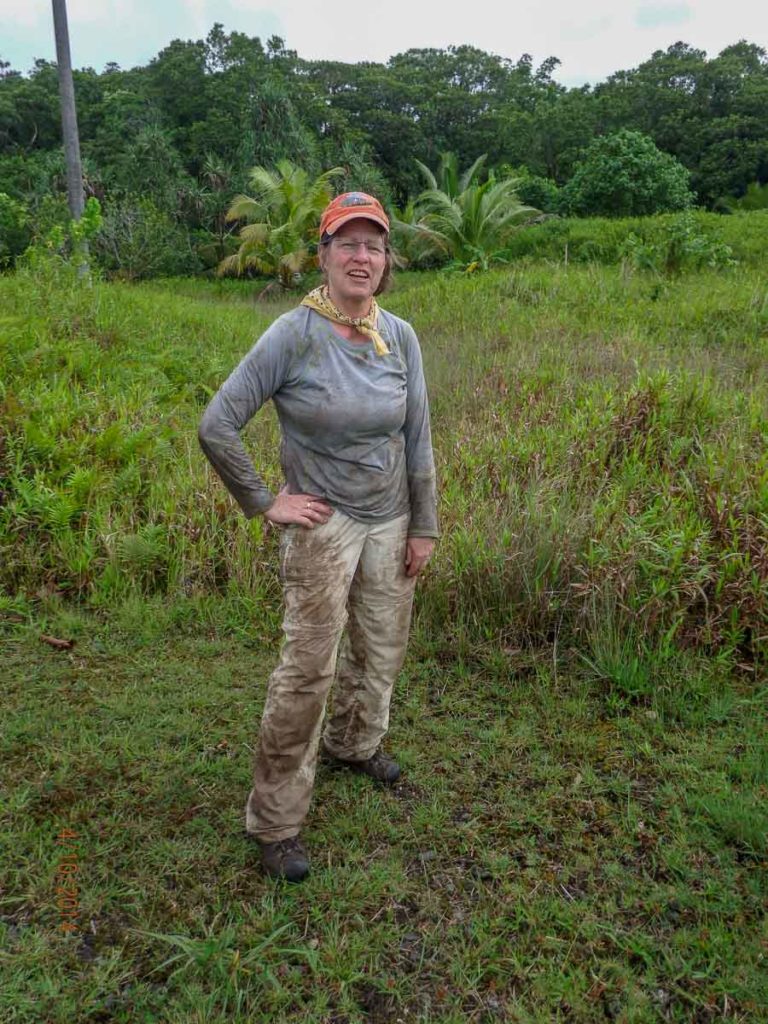
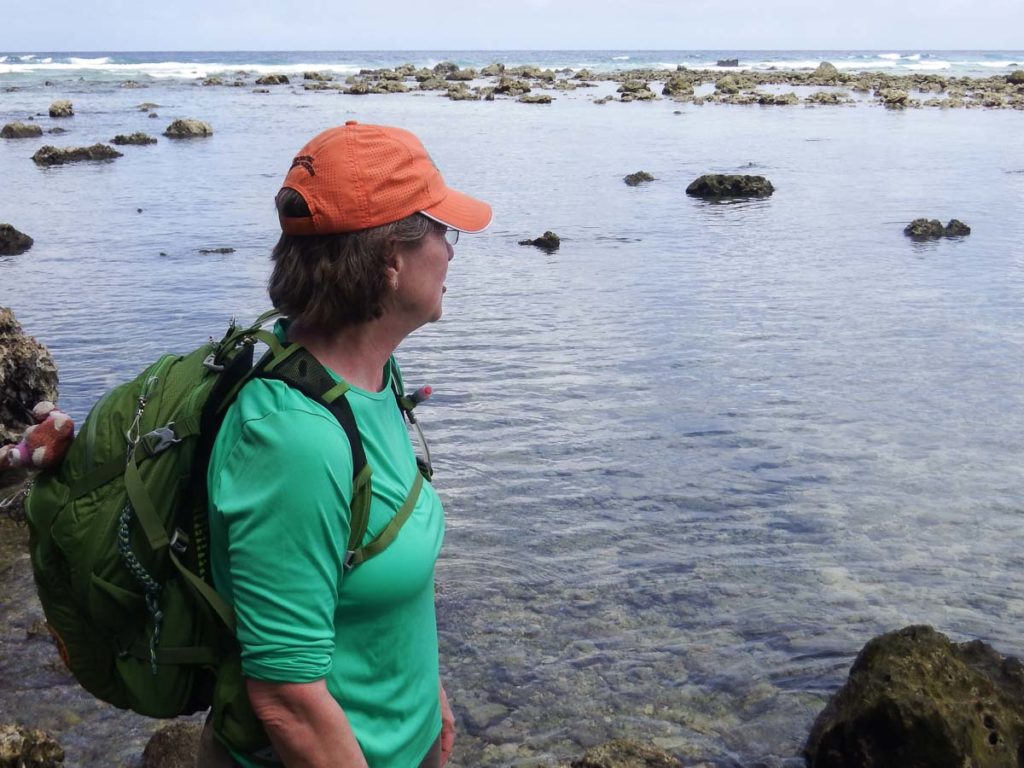
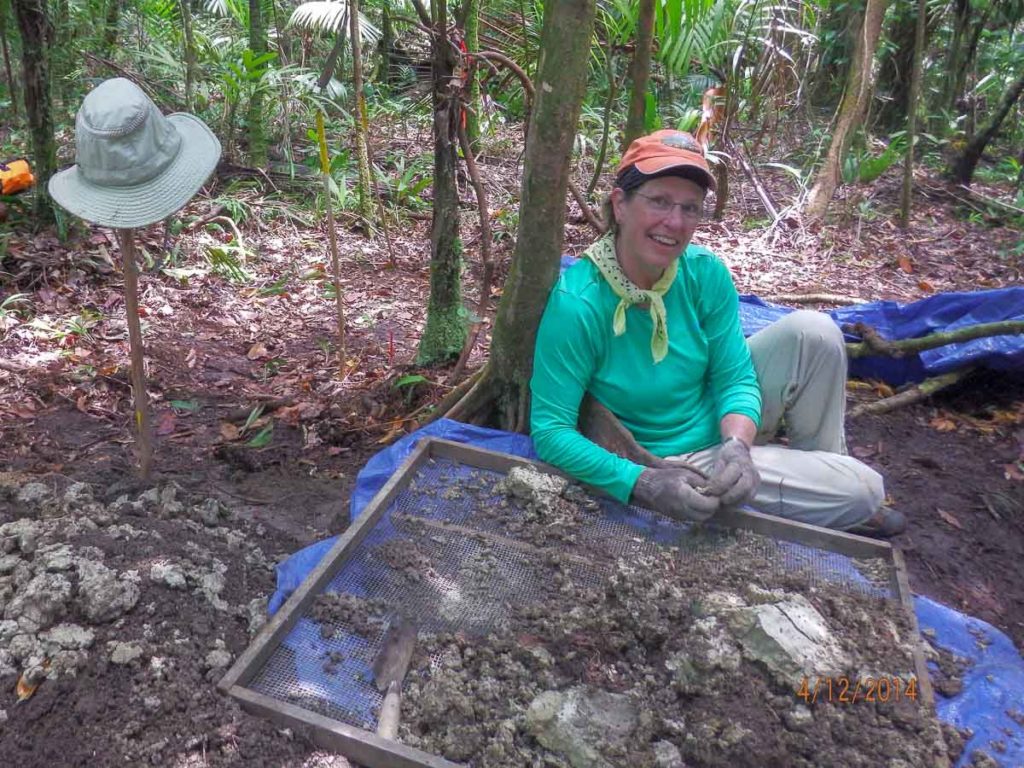
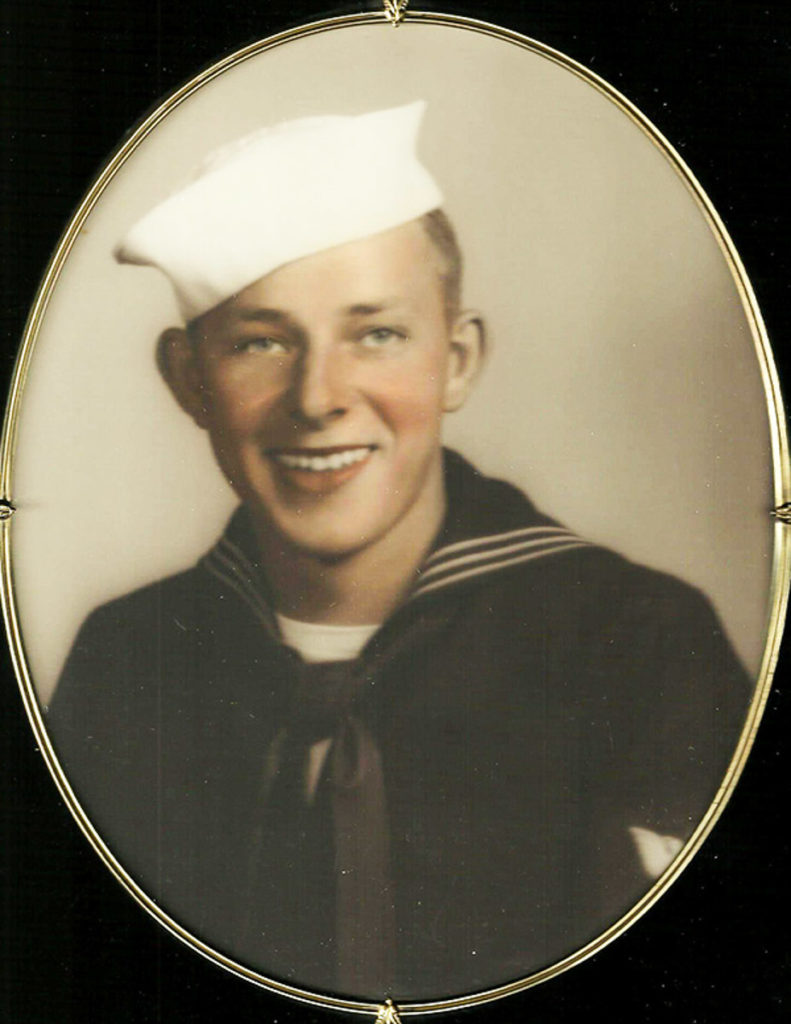
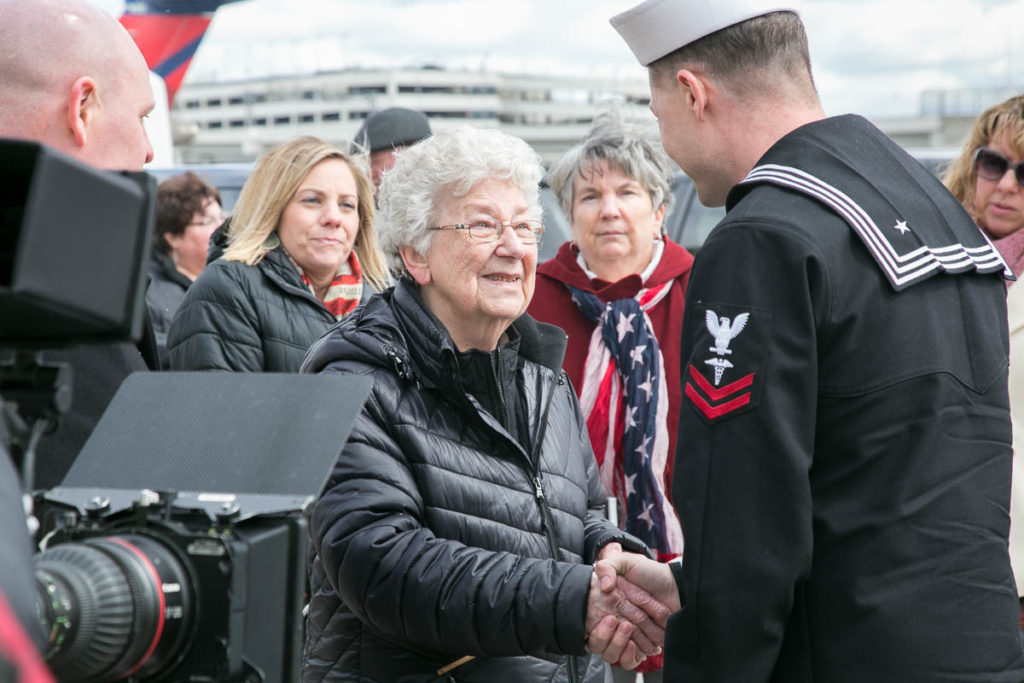
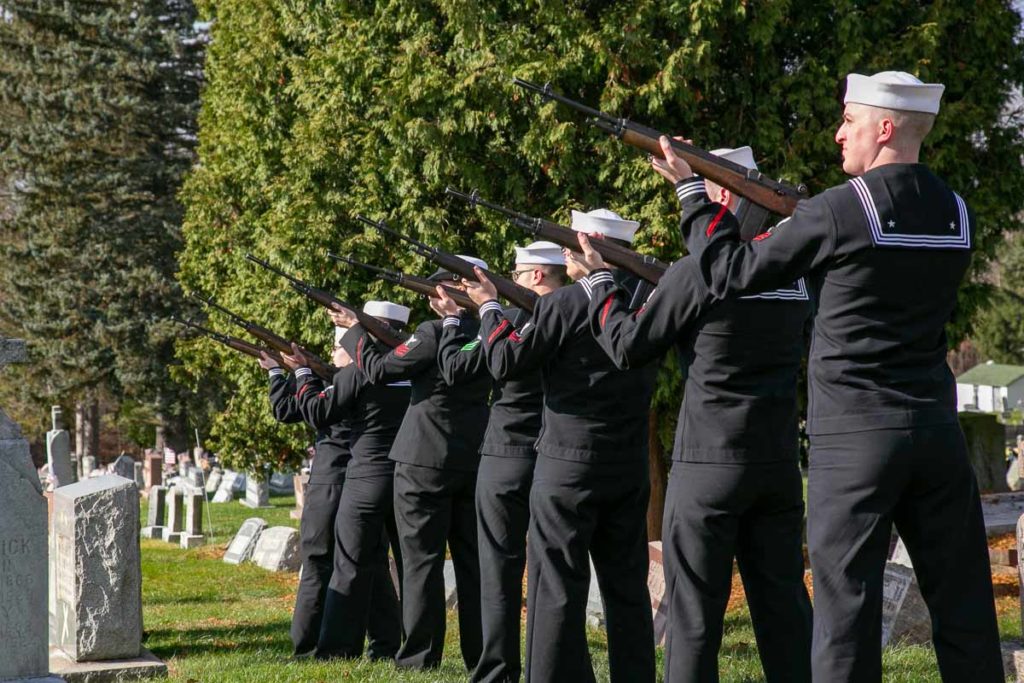
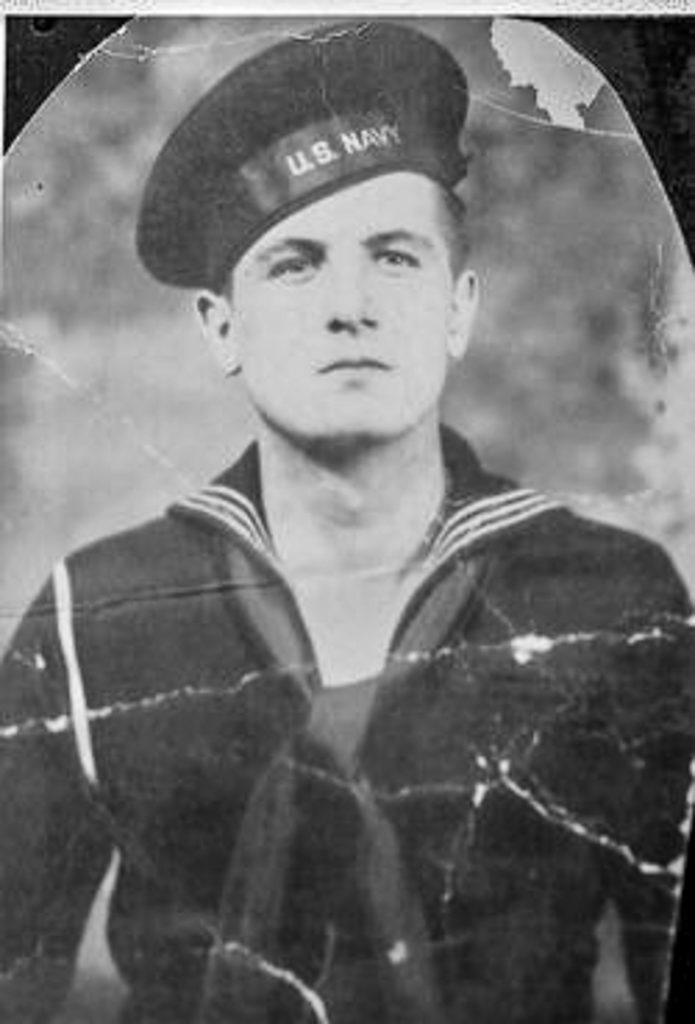
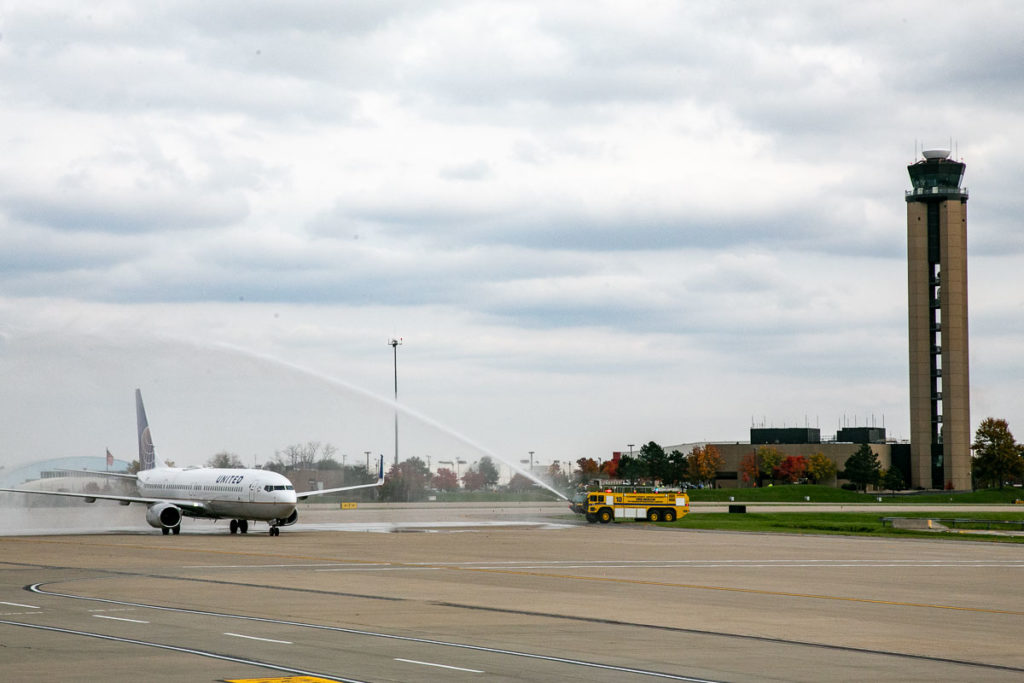
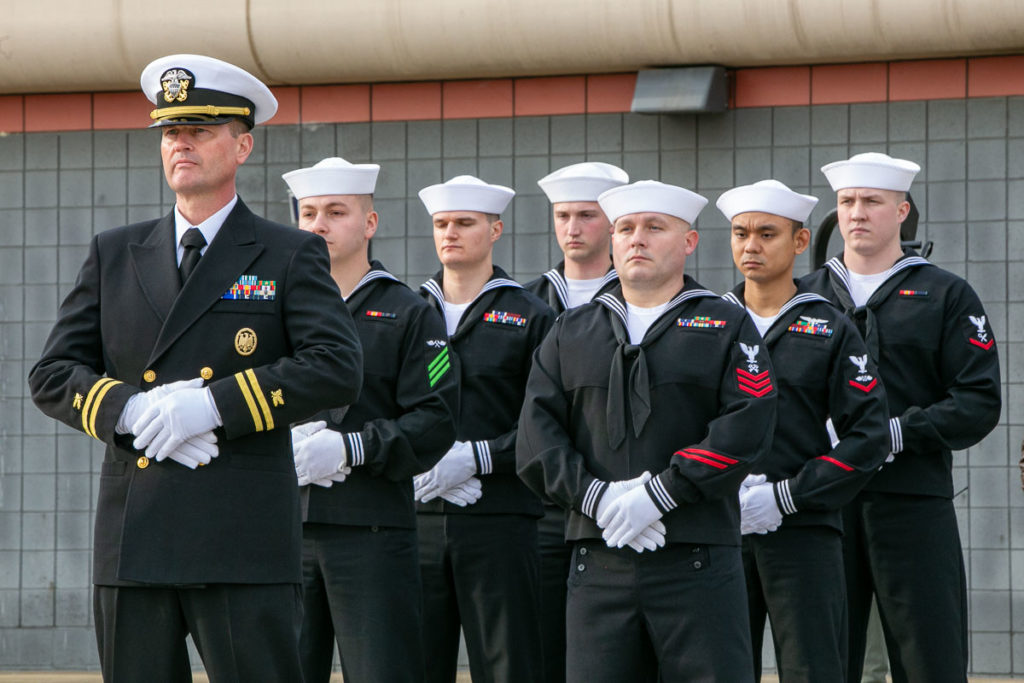
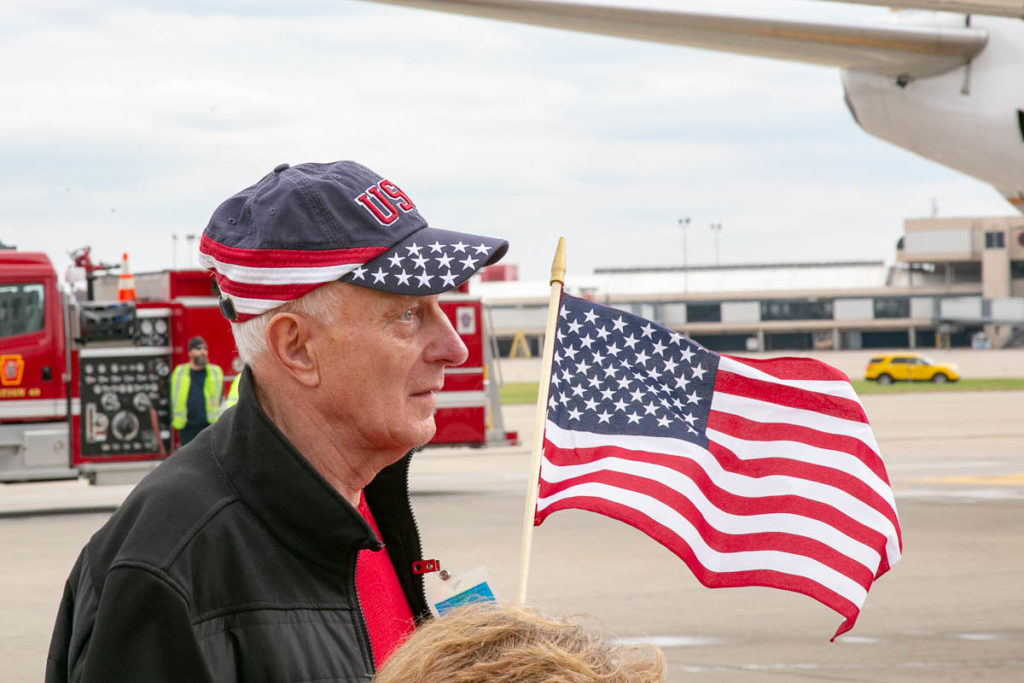
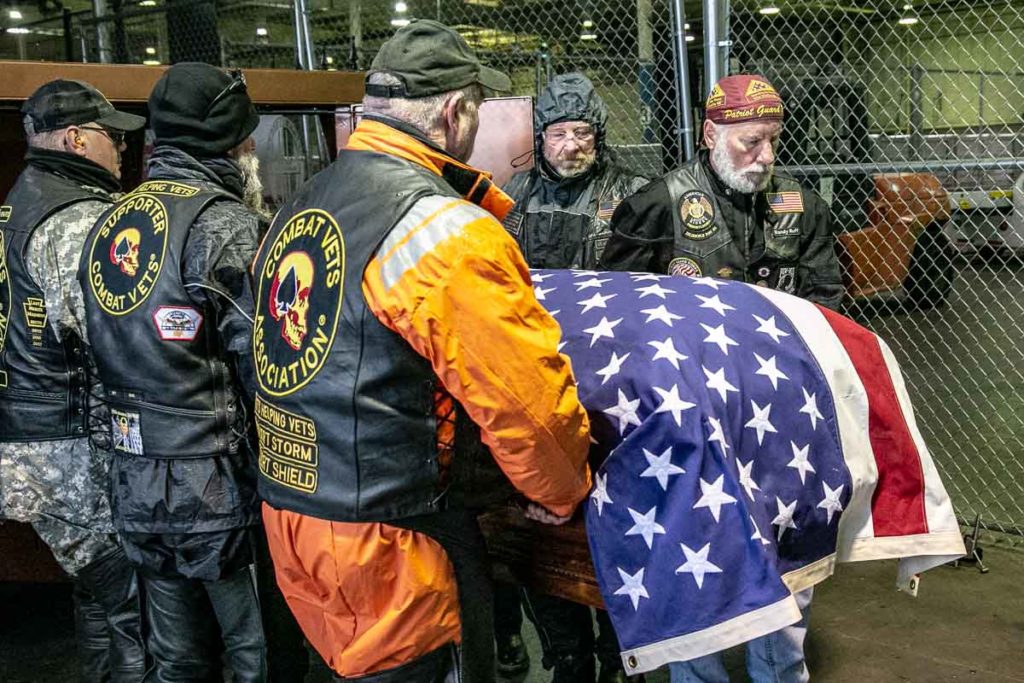
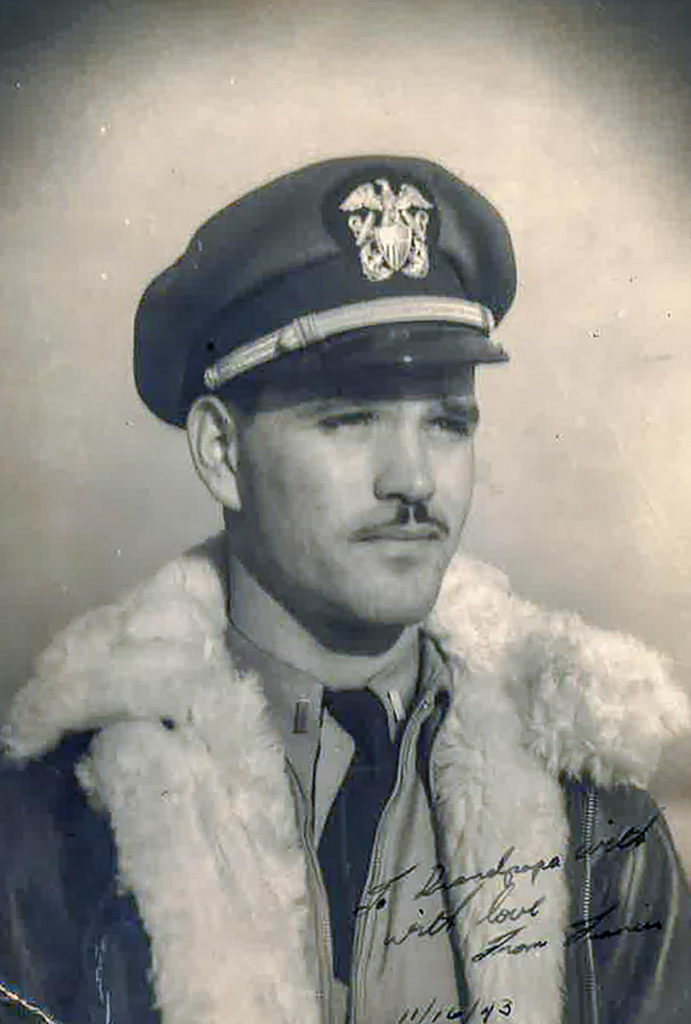
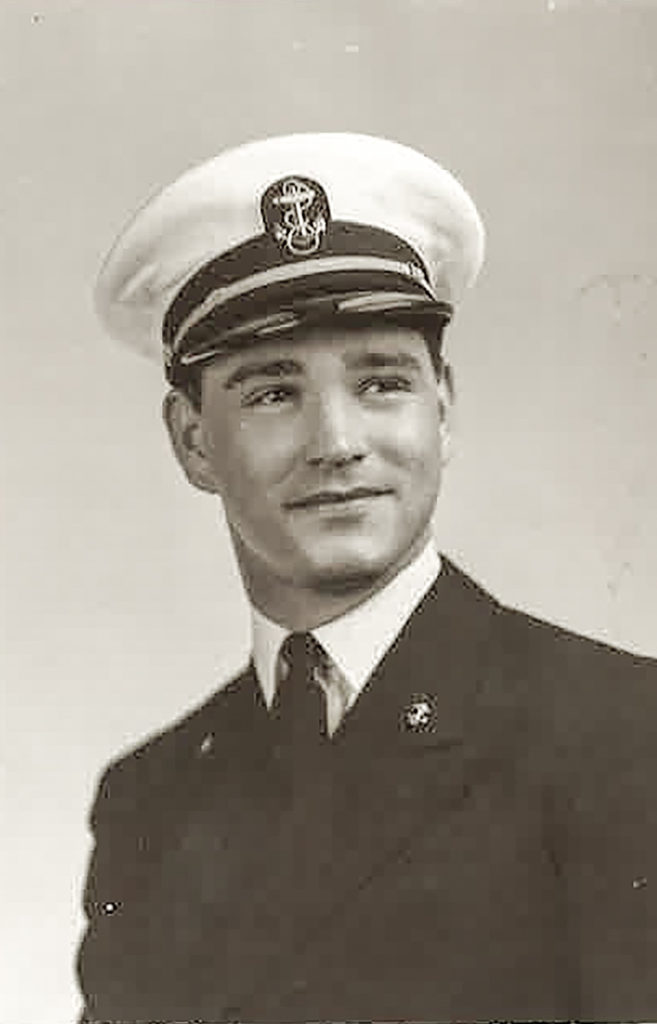
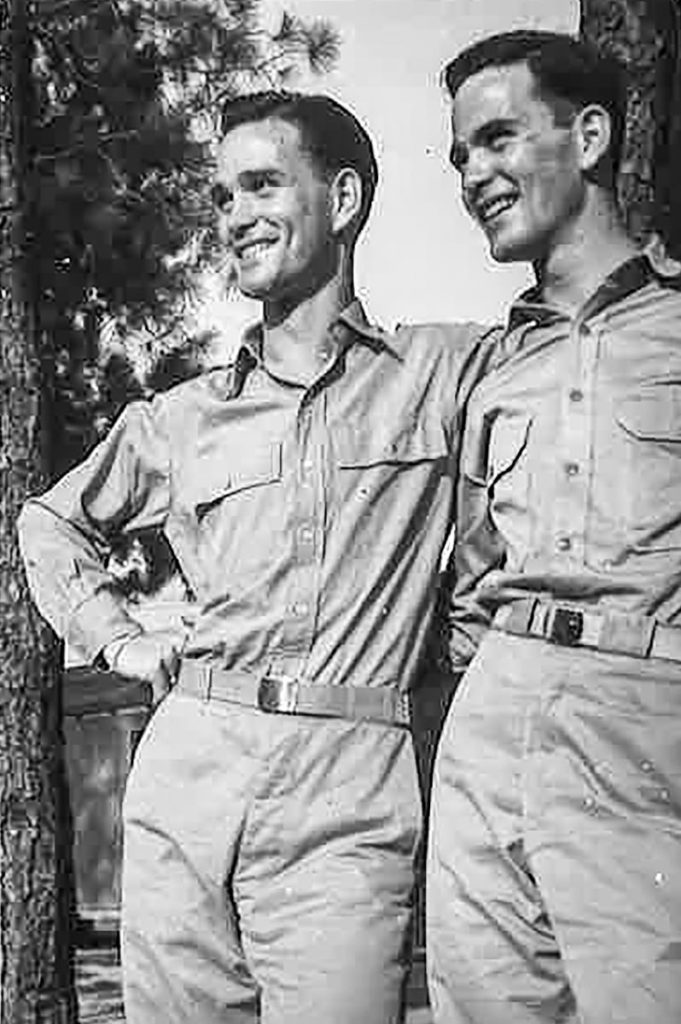
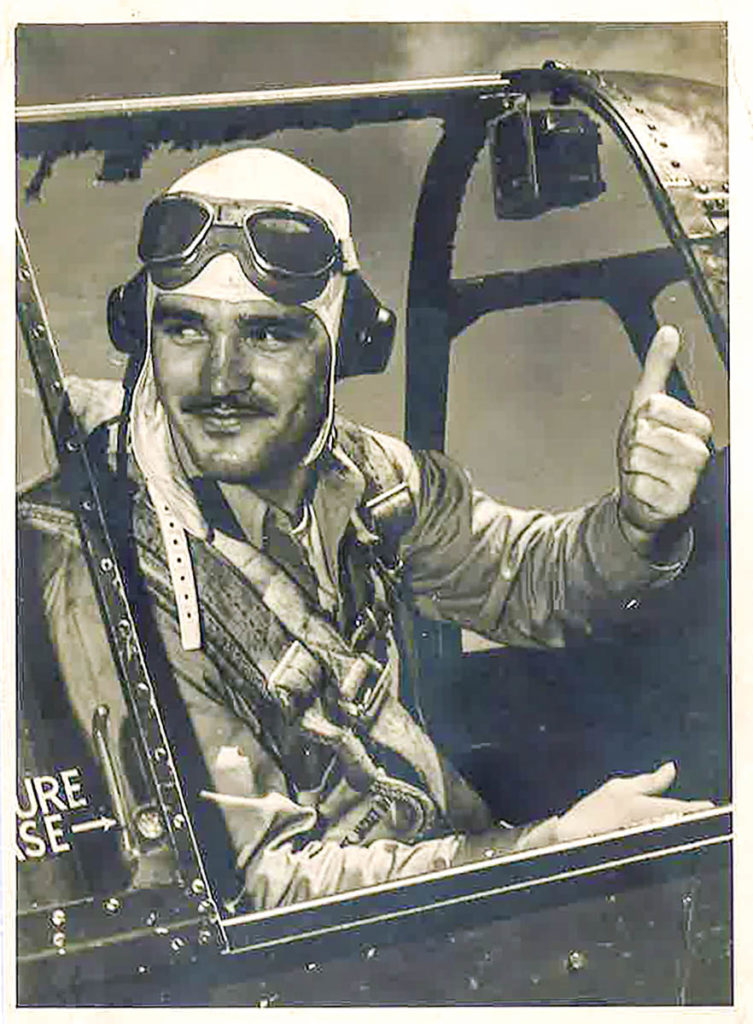
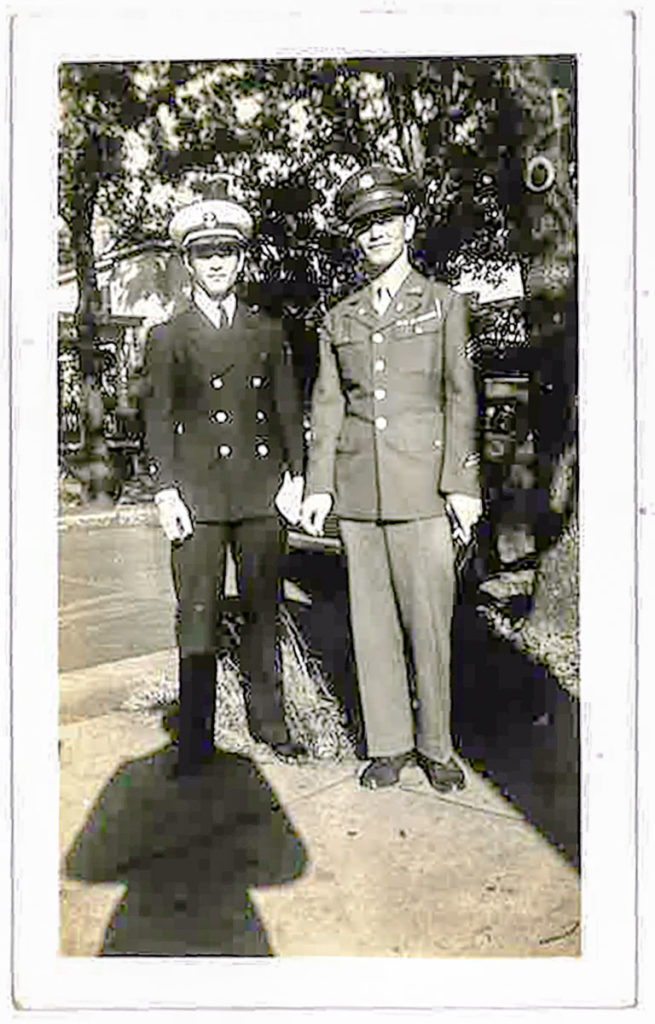
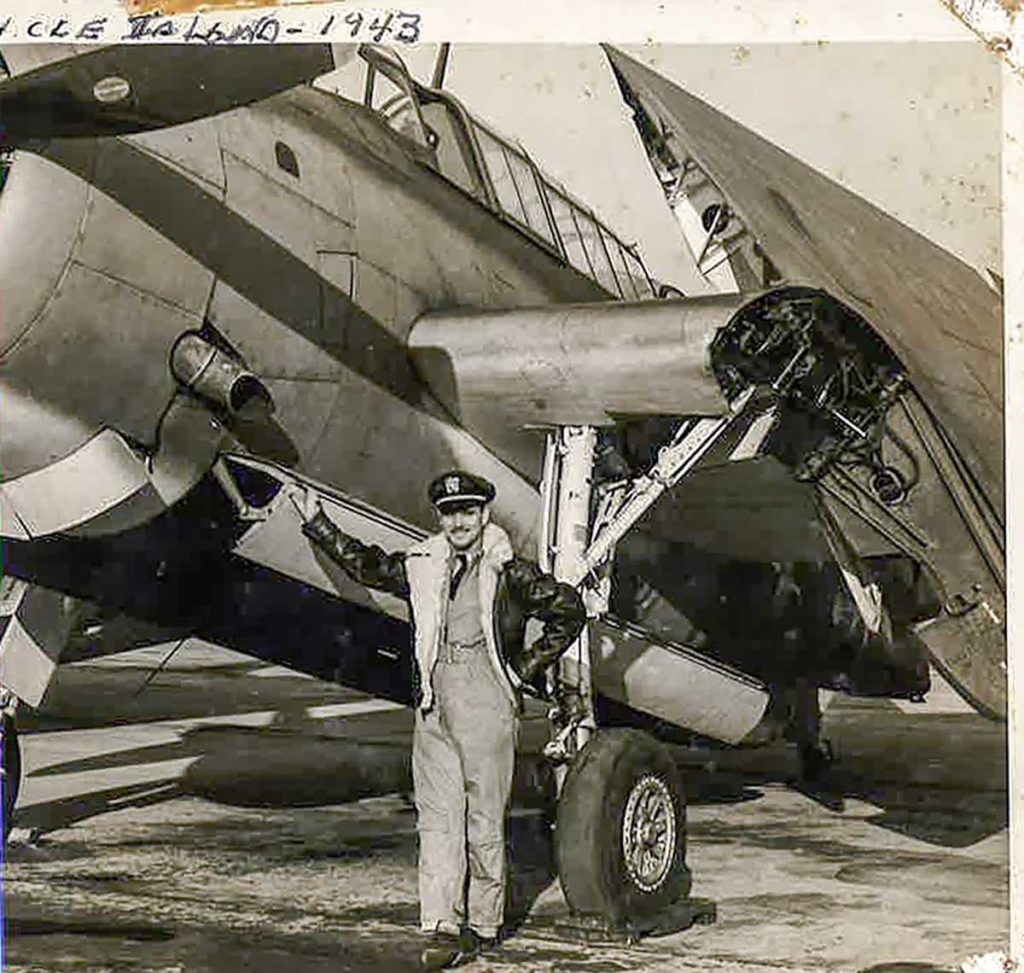
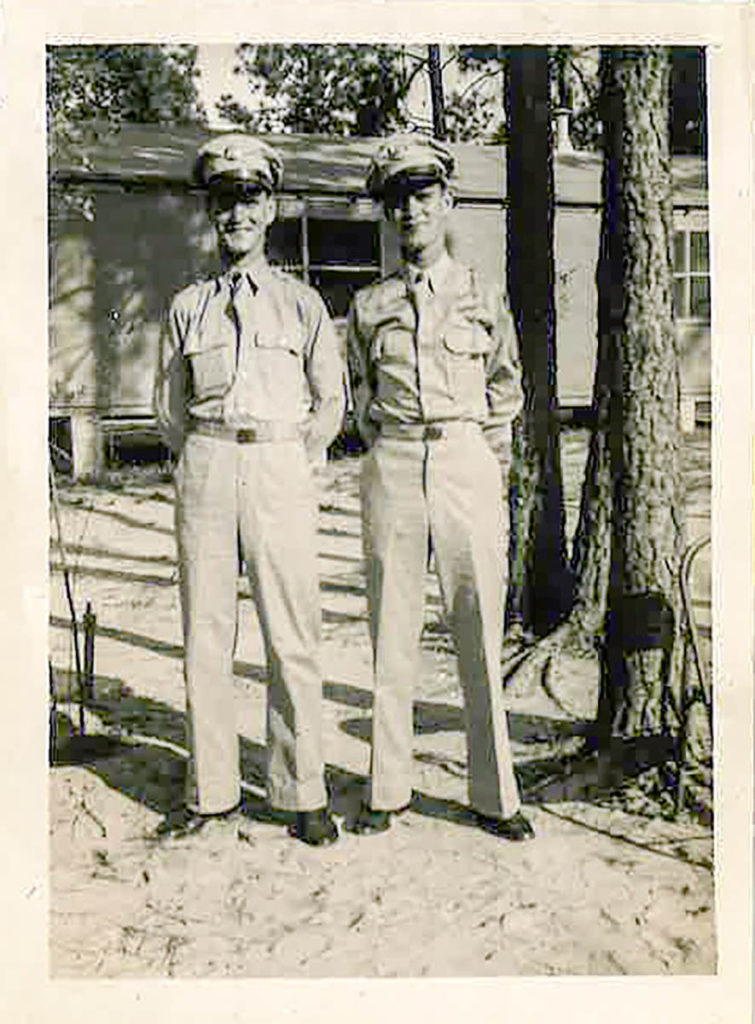
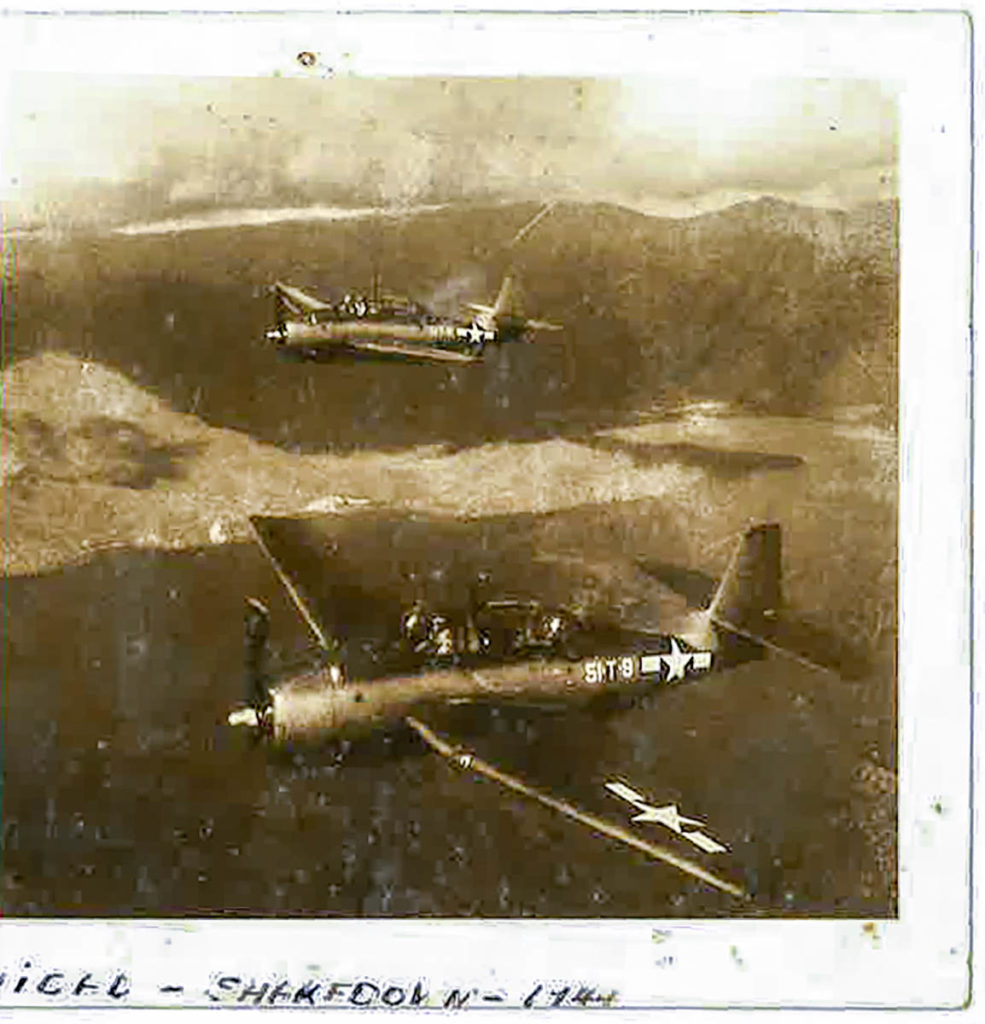
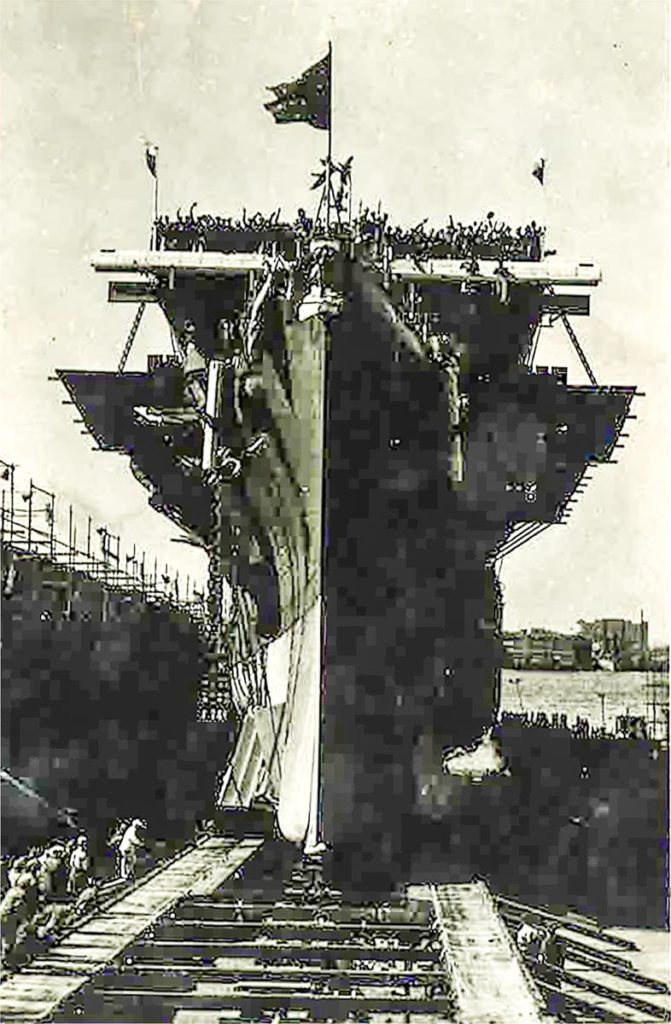
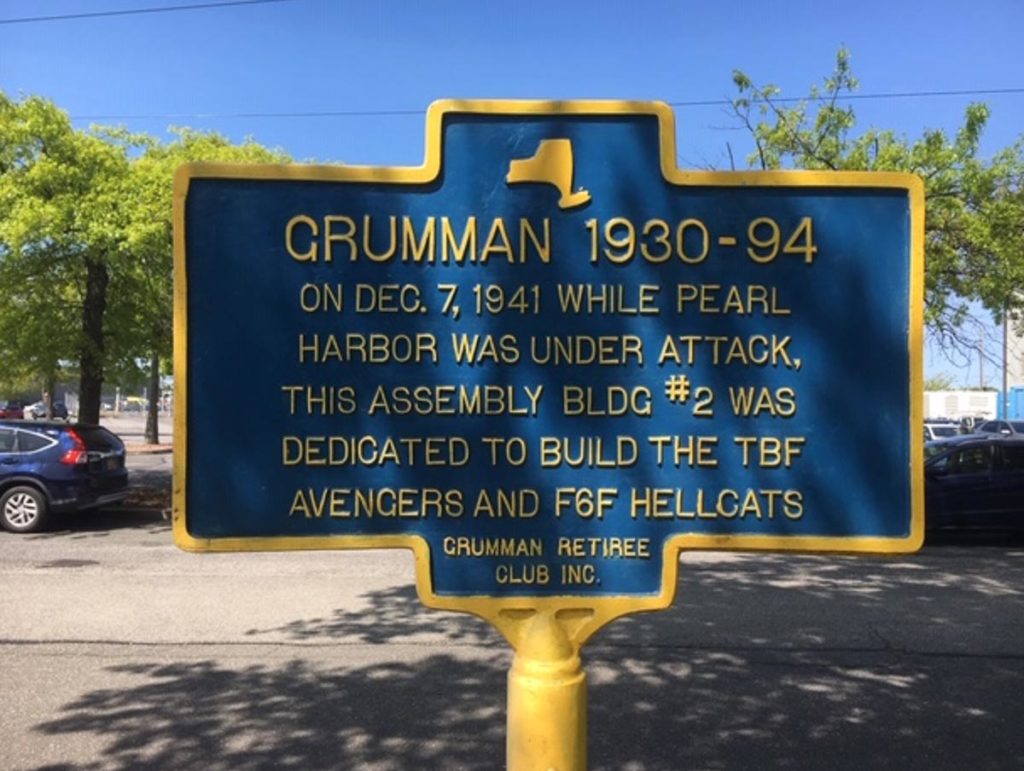
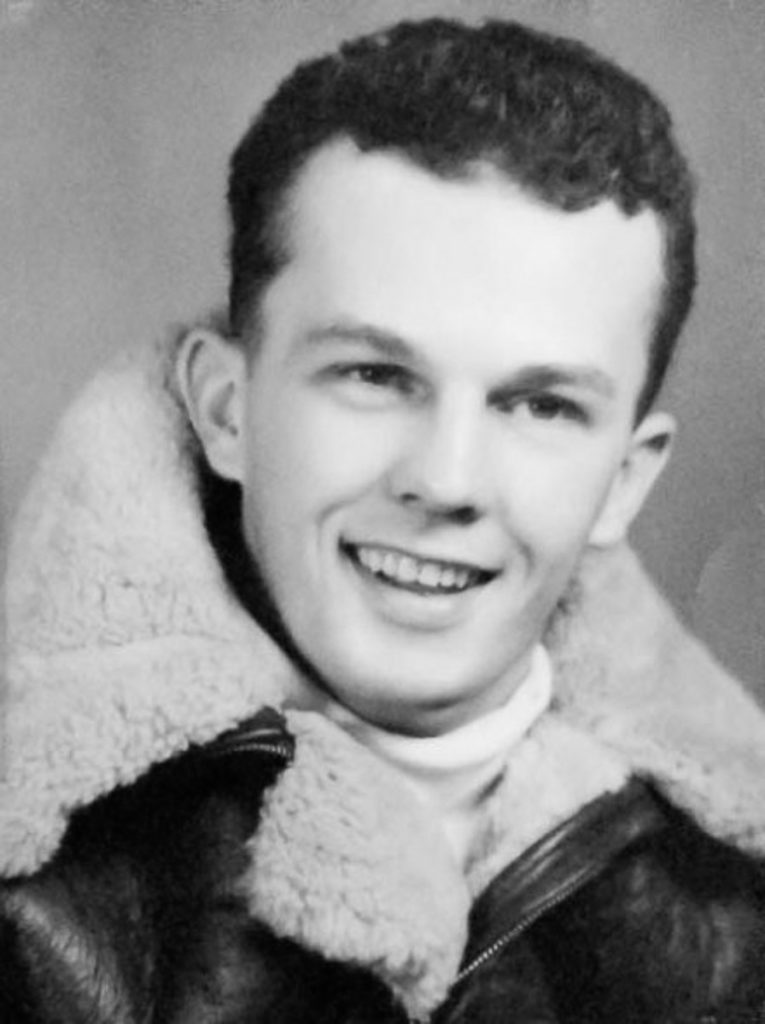
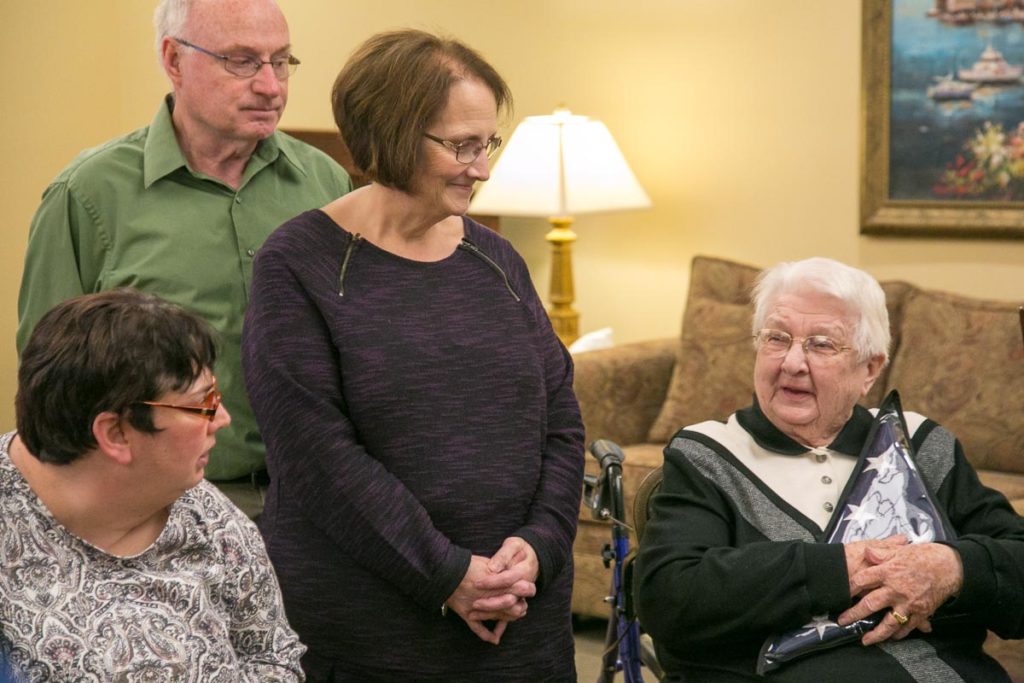
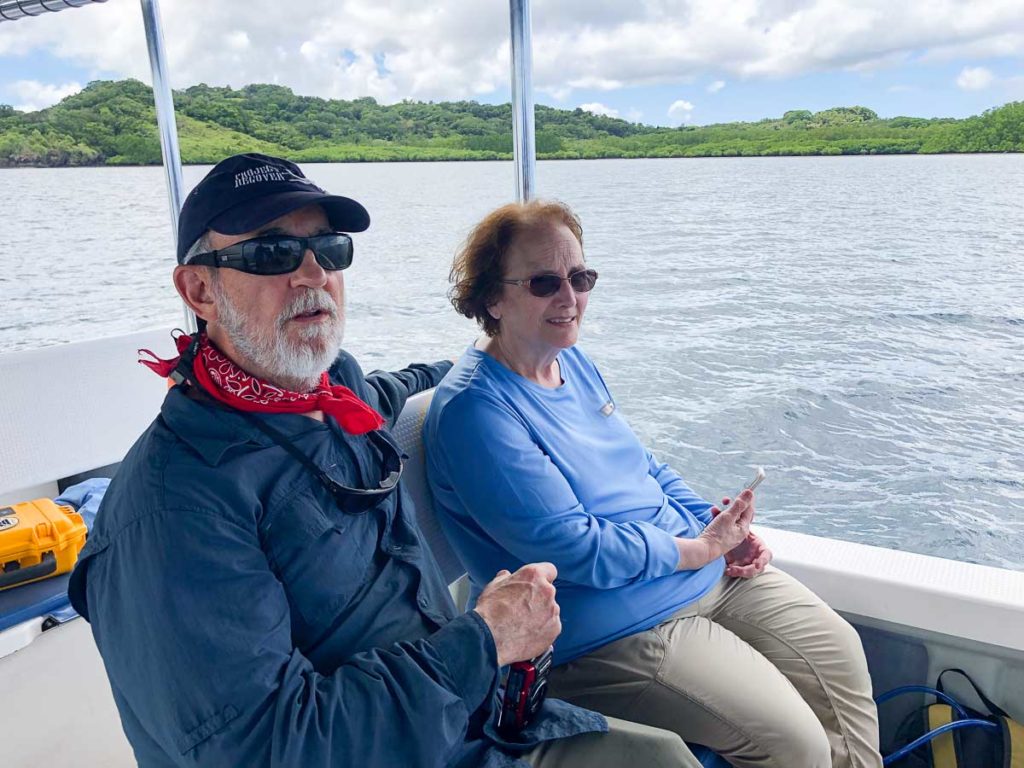
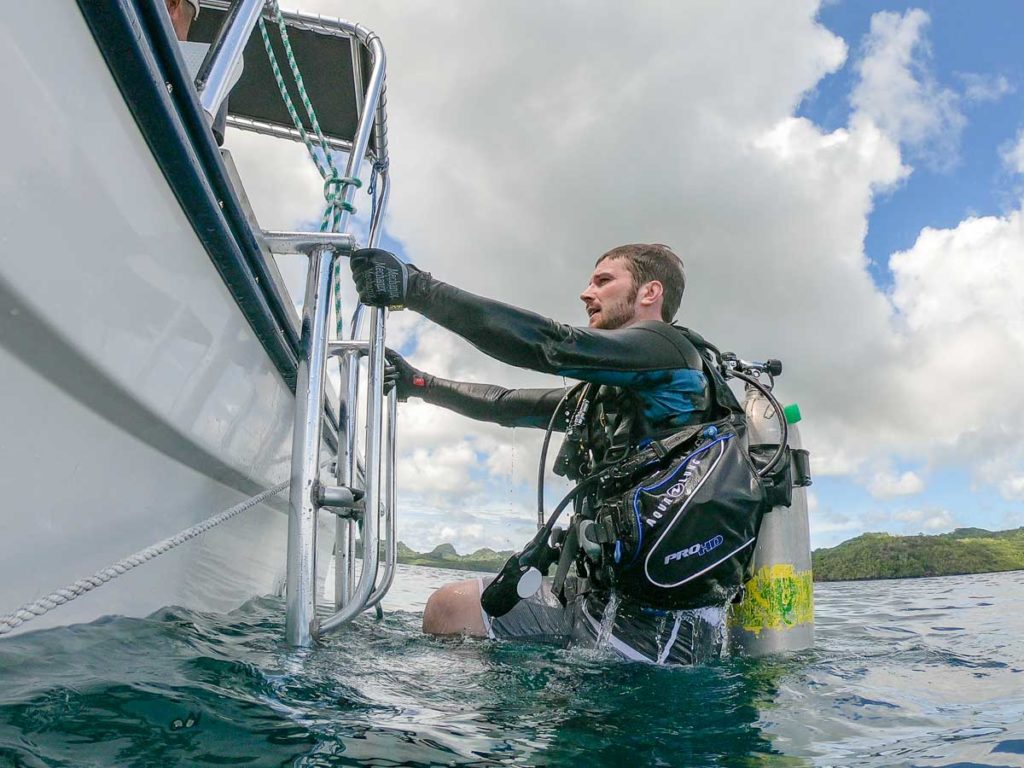
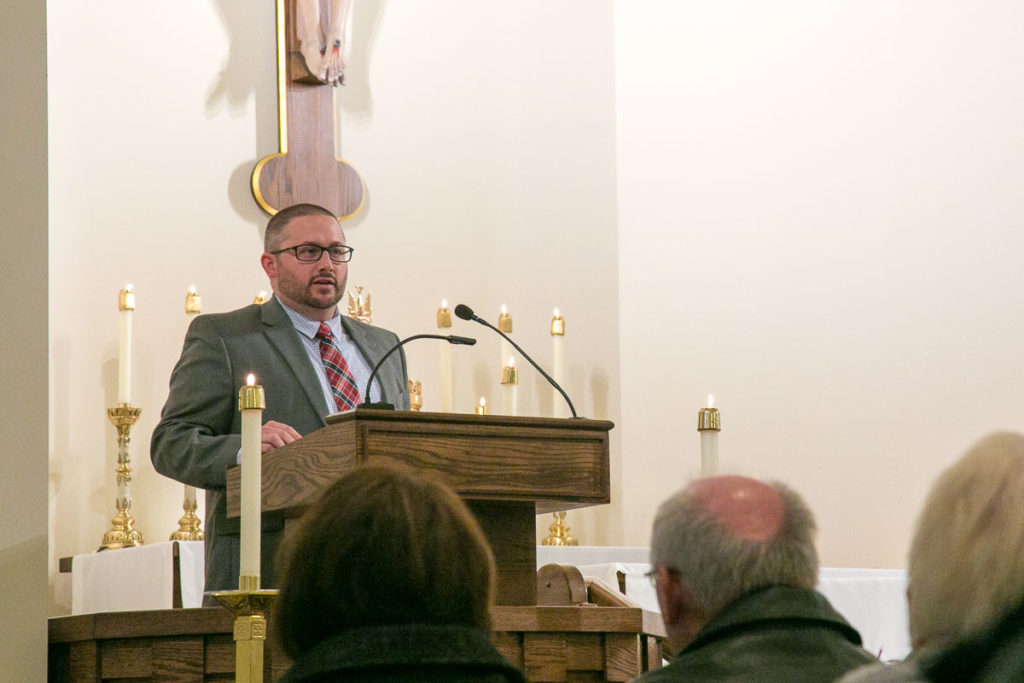
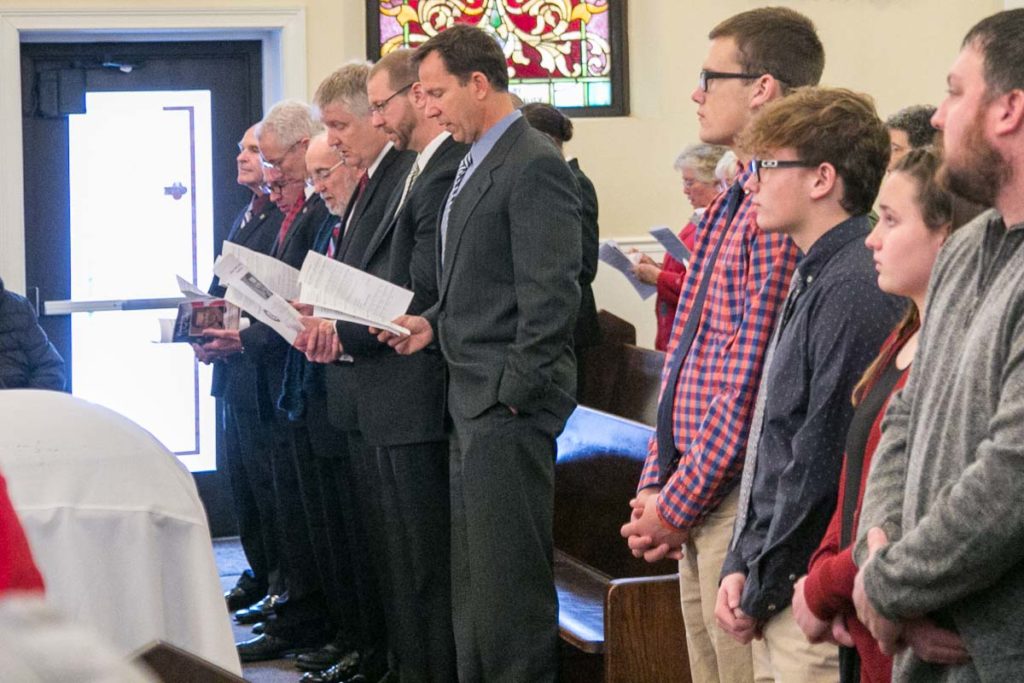
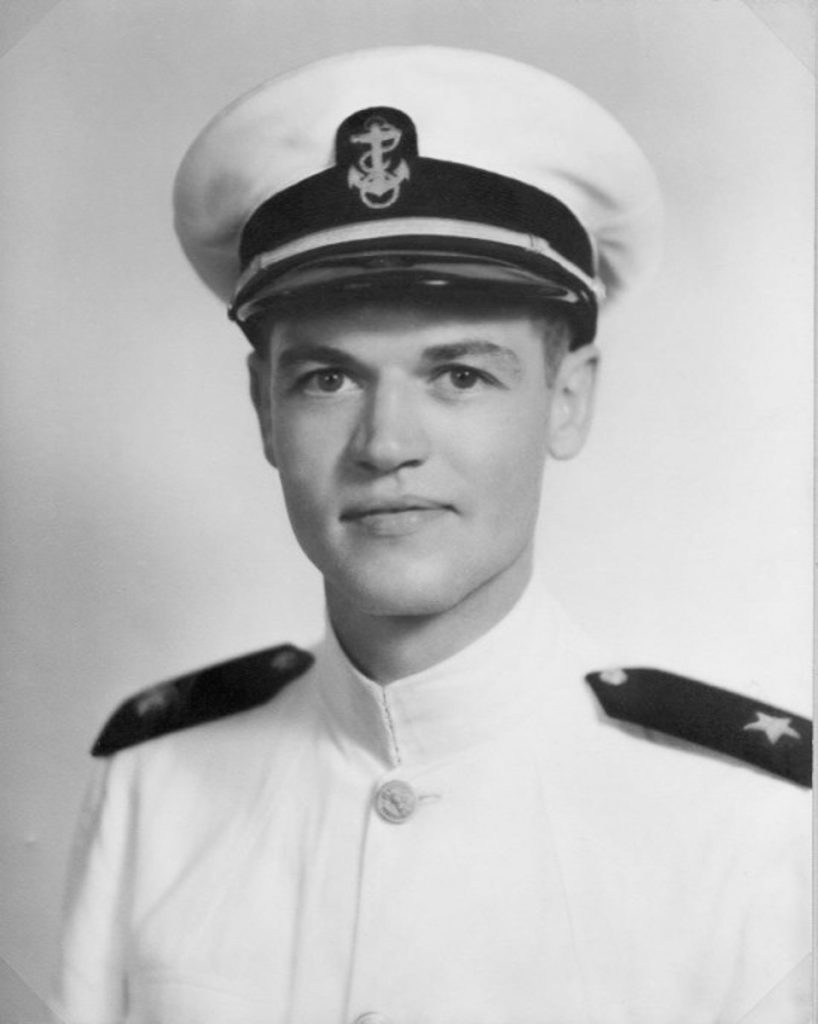
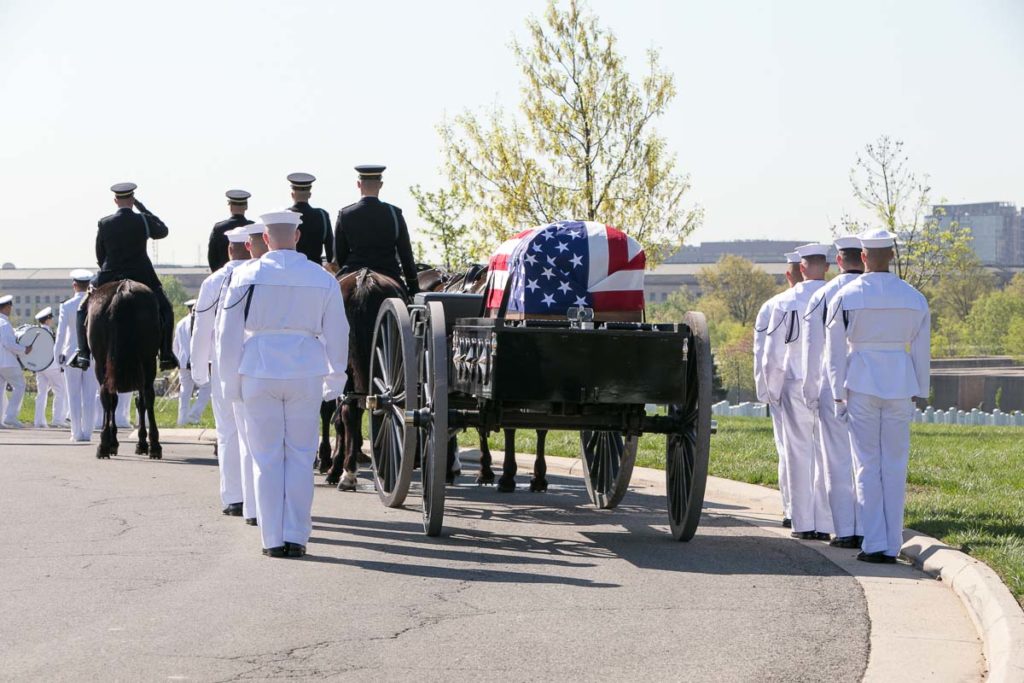
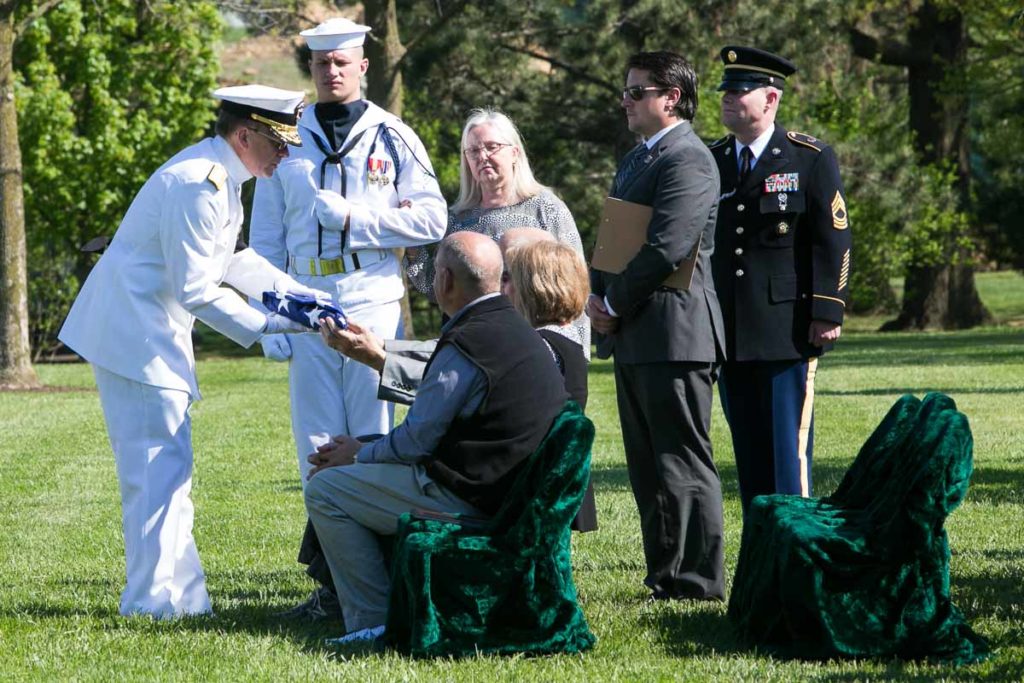
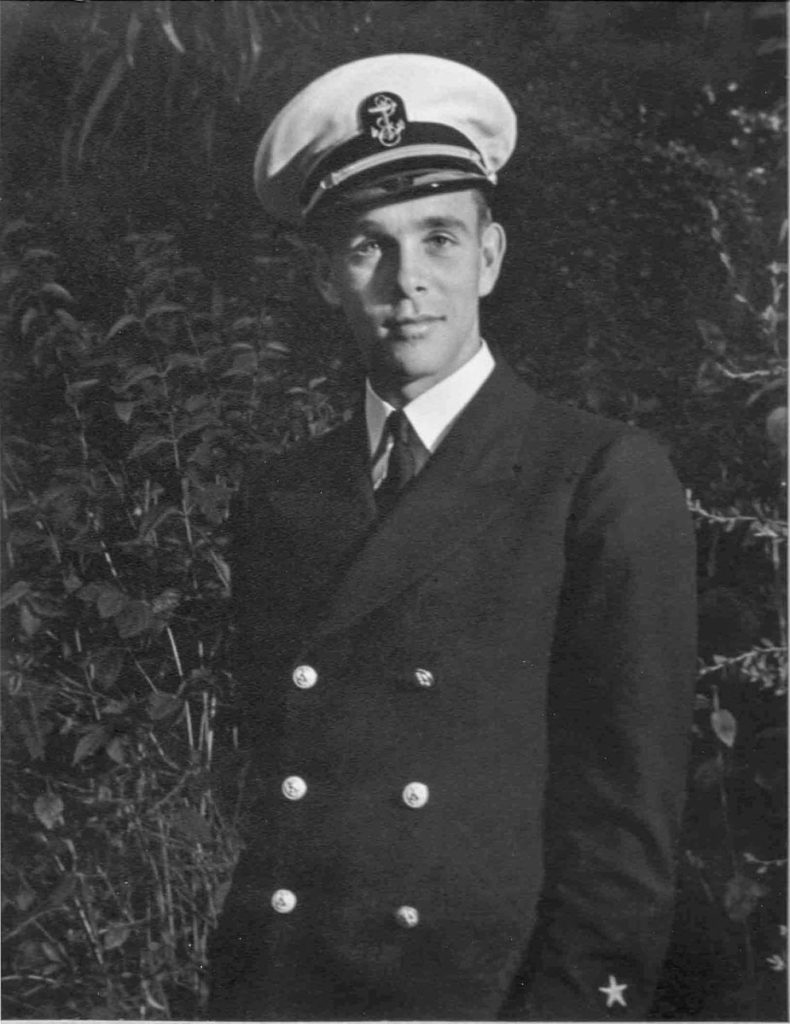
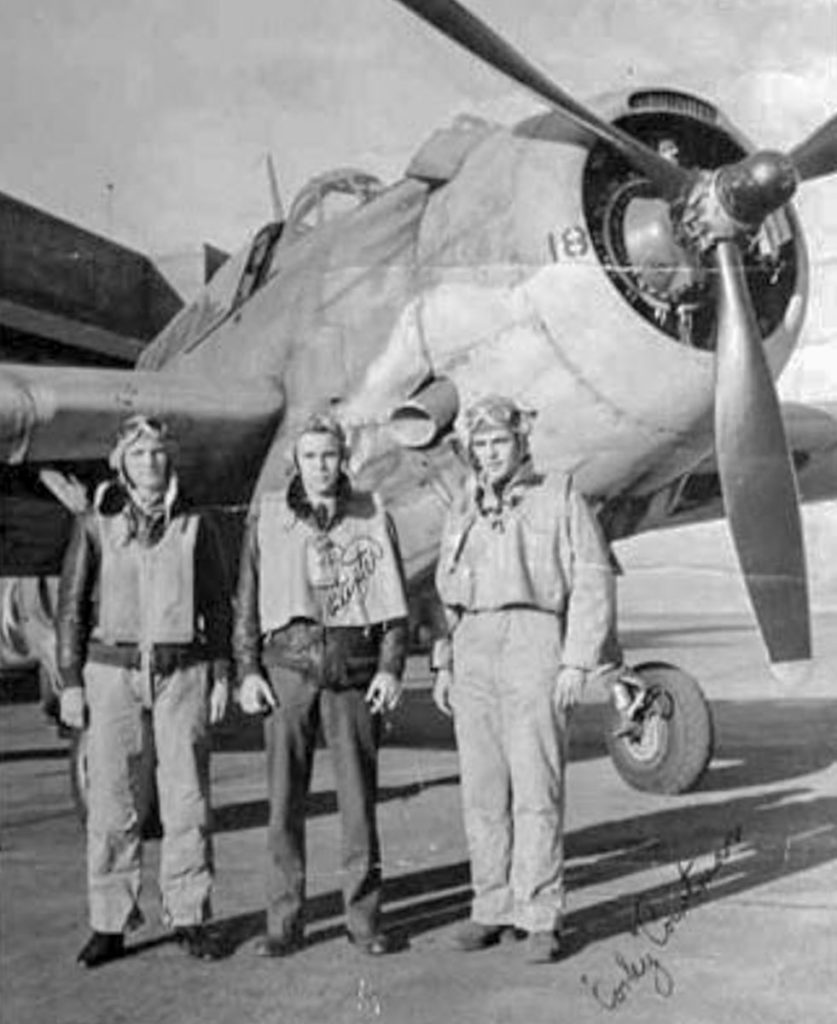
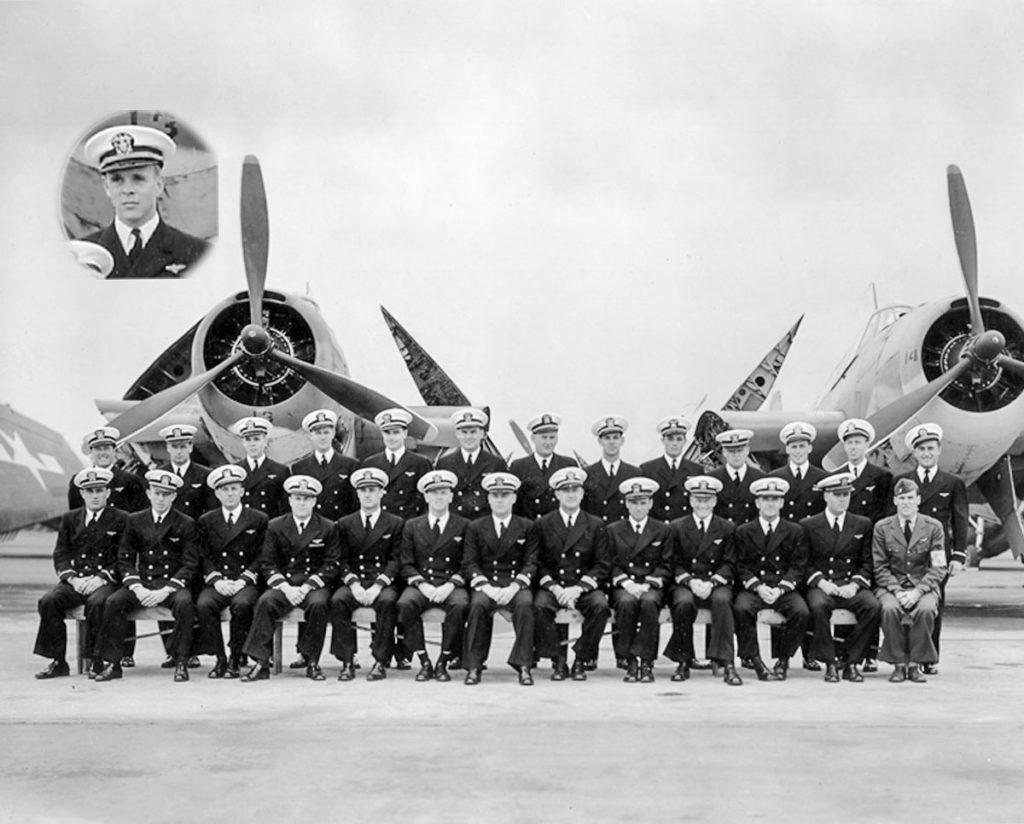
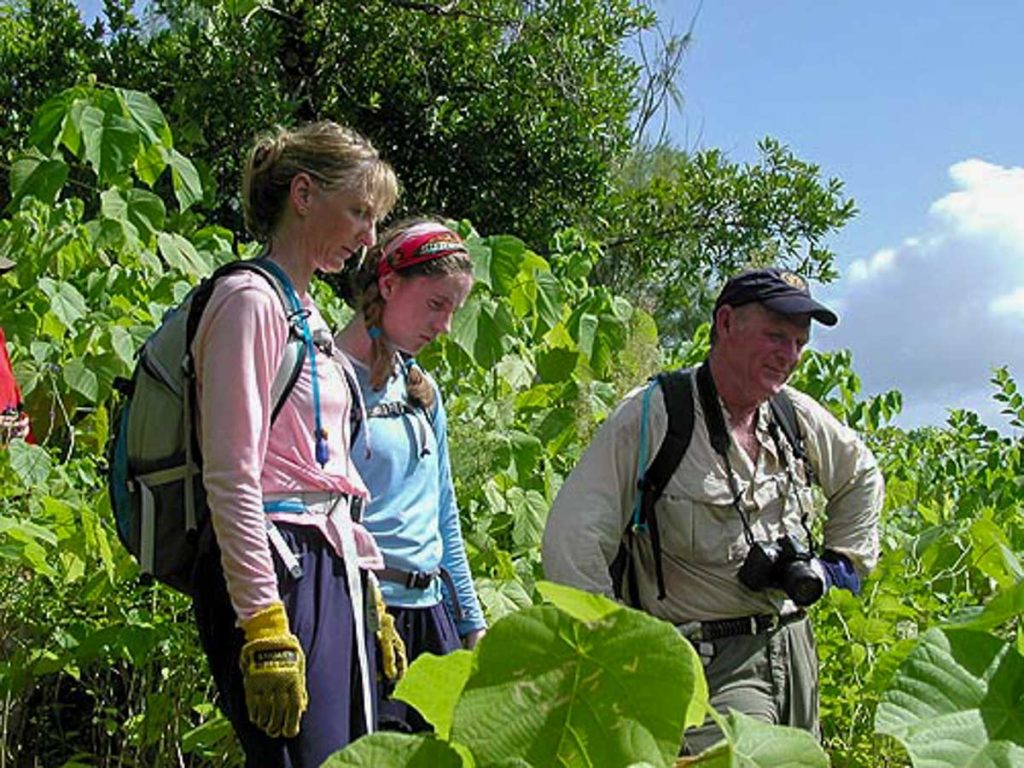
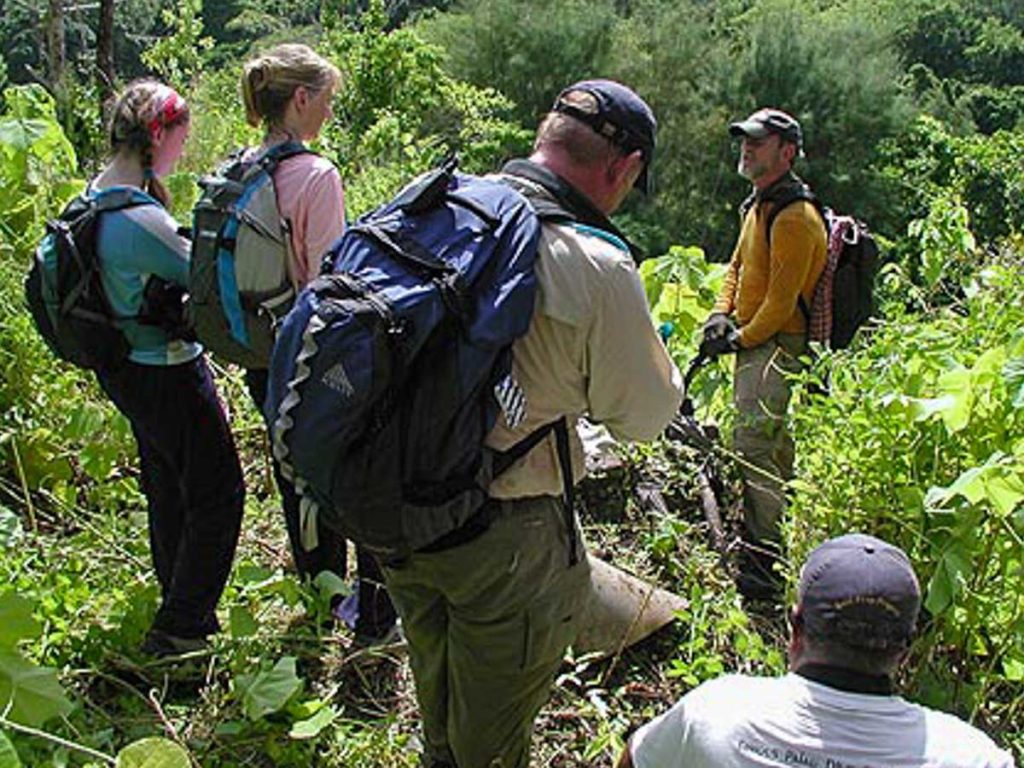

Rest in Peace Joel W Eshoo
MIA North East of Wake Island, October 5, 1943 at approximately 0600 WAKT
Rest in Peace Robert C. Klippel, 2nd Lieutenant, US Army Air Force
MIA North West of Iwo Jima, 1 June 1945
“Black Friday”
http://www.506thfightergroup.org/missionjune1blackfriday.asp
Rest In Peace and God Bless you all, and all your Families, and to all of our brave men and women that have laid down their lives on the alter of freedom for a grateful and thankful Nation.
◄ John 15:13 ►
Greater love hath no man than this, that a man lay down his life for his friends.
Amen ?
Thank you for remembering.
Rest in Peace Staff Sgt Thomas DeHaven 26, missing in action January 6, 1943
Find B24 wedding Bell. Seven miles of Bungay England. Inverted in the water on marshalling up. 447 Bomber group. Pilot found Christopher. Co pilot Skinner in Oxford Cemetery. Gunner Kenneth Rigg never found. My second cousin.
Thank you for contacting Project Recover. On behalf of all Project Recover members, we express our sympathies and gratitude as Americans for the ongoing loss of your Cousin Kenneth. We gratefully acknowledge his sacrifice in defense of our country, as well as the consequent sacrifices made by you and your family to this day.
If you would, please send us the information you mentioned so that we can enter this case into our growing database.
You can expect contact by our historian, Colin, in the near future to the email you provided.
We are a small organization with resources that limit the number of our active searches for Americans Missing in Action. However, we strive to track all MIA losses and continually reevaluate the available information on each case to determine which cases we pursue in the field.
We have two articles on our website that include steps you can take to learn what is known about your family’s missing relative as well as provide your own information to the Defense POW/MIA Accounting Agency (DPAA).
● How To Research Your Family’s MIA includes the first three steps you can take to get started. It includes DPAA resources, family meetings, and casualty office phone numbers.
○ Click here: https://www.projectrecover.org/research-your-familys-mia/
● Finding Heaven Can Wait; Kelly Family Shares MIA Research – The Kelly Family Shares Research reveals the steps the Kelly Family Research team took to research the possible location of the downed B-24, Heaven Can Wait. After five years of research, they turned their findings over to Project Recover which located the B-24 in October 2017.
○ Click here: https://www.projectrecover.org/family-shares-mia-research/
You may also consider:
● Searching the online cemetery database http://www.abmc.gov/
● Searching for an association related to his unit that may have after-action or monthly reports already posted online.
● Searching the records of the National Archives and Records Administration (NARA) in College Park, Maryland or the Air Force Historical Research Agency in Montgomery, Alabama, for such things as after-action reports and unit histories. Other family members around the country may be able to help with this project if they live in those areas.
These steps may not provide all you would like to know, but they may start you on the path of at least a better understanding. If we can help answer questions along the way, let us know.
Respectfully,
dan
I’m very happy for the families who got closure. My father went down with the USS Reuben James, DD-245 and will never be recovered. He has a marker at Blue Ridge Memorial Park in Lenoir, NC and the VFW is named for him.
RIP uncle bob. 2d LT Robert Murphy Pilot of B-24 liberator missing in Brazil Jun 1944 with crew of 9
Rest in piece Robert Rogers, Mia / Kia 12/26/1944 off Mindoro, P.I. Shot down in B25 “The Mad Mizurian”.
We thank you Arthur for your service and sacrifice.
The family in Luxembourg (europe) you never got to know.
Very glad the Luxembourg and US families got together.
Jo says hi.
My Name is PFC Kelly Daher. I was in the Army at one point. tonight, on Destination unknown I learned about this project. I watched how you found an American plane. Operation hailstone…. you brought two names back from the plane you found. I cried my eyes out that you found my brothers in uniform. Keep up the good works you are all doing. My prayers go to you all, and your safety. Please bring them home. All of them. God bless you all.
Kelly, thank you for sharing these kind words. We’re so happy that you found us through Expedition Unknown. Please stay tuned for updates, as our 2024 missions will be underway soon.